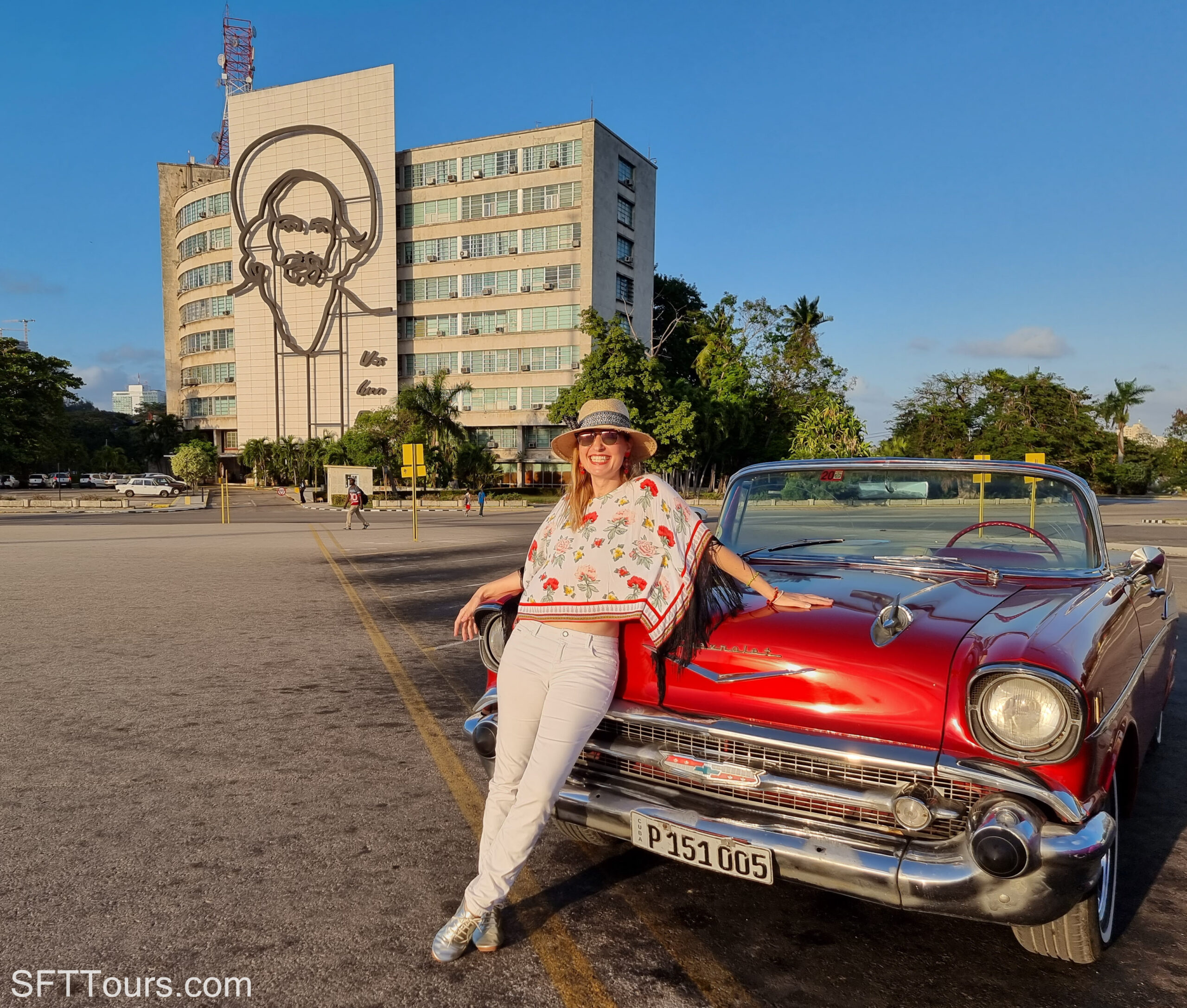I have put together this packing list for women traveling to Cuba, to help you plan what to pack and wear.
This packing list isn’t a strict checklist to follow, as after a number of trips to Cuba, I’ve learned that there really aren’t any specific things you need to bring or wear.
Other than considering the hot and humid weather, you can wear whatever you like as a woman visiting Cuba. But since the country suffers from a few decades long embargo, there are a few things you need to know so that you do have everything you’ll need.
I have also included a list of things you may want to pack to donate. We are asked this a lot, and I have spent time talking to our local guide on the ground and women leading social projects in Cuba, to put together a list of items that are less obvious and more useful that what you may find on other Cuba packing lists.
A lot of what is often suggested to pack to donate (eg. pencils, notebooks) is much cheaper to buy in Cuba than to bring, while there are a lot of list of important items that are just not available in Cuba and will be very much appreciated.
To get right to our packing list and tips, click here, otherwise keep reading for everything you’ll need to know about the weather in the Cuba.
Weather in Cuba
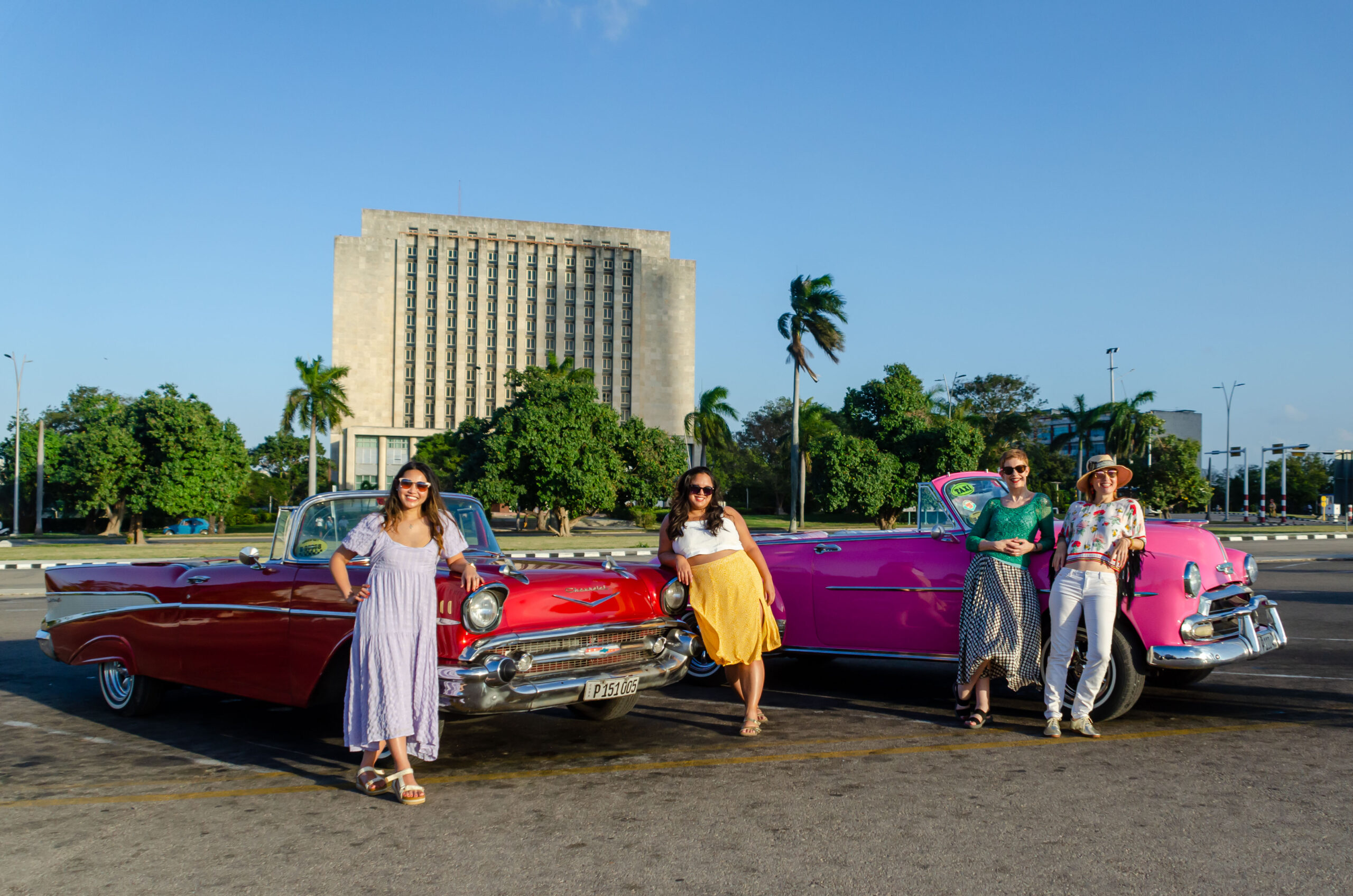
Cuba is a Caribbean island and as such, enjoys warm and humid weather all year round.
It primarily has only 2 seasons: rainy from May to October and dry from November to April. While temperatures vary a bit between the two, they are always hot enough for summer clothing.
The dry season is the one you want to plan your trips, and it is also when our tours happen. Temperatures are cooler and more bearable, and humidity is lower.
During the rainy season from May – October there is also a risk of hurricanes hitting the island, and although they don’t typically reach Havana, they do bring rain. Ultimately, who has time to wait for the rain to stop to enjoy the sunset, or go on a hike in muddy terrain?!
The best months to visit Cuba are November, January, February and March. December is a good month but the holiday season increases prices a lot. February and March are ideal, but Easter week also brings peak prices (and interesting celebrations).
Below is a summary of the weather in the dry season (November to April):
- Daily temperatures: Between 17 – 30 C or 61 to 85 F (vs. 22 to 35 C and 70 to 90 F during the rainy season).
- Hours of sunshine: 8 to 10 hours of sunshine (similar number of hours of sunshine during the rainy season).
- Days with rain: 4 to 7 per month with some passing tropical showers (vs. 13 to 15 days per month with twice as much rain during the rainy season).
How Cuban women dress
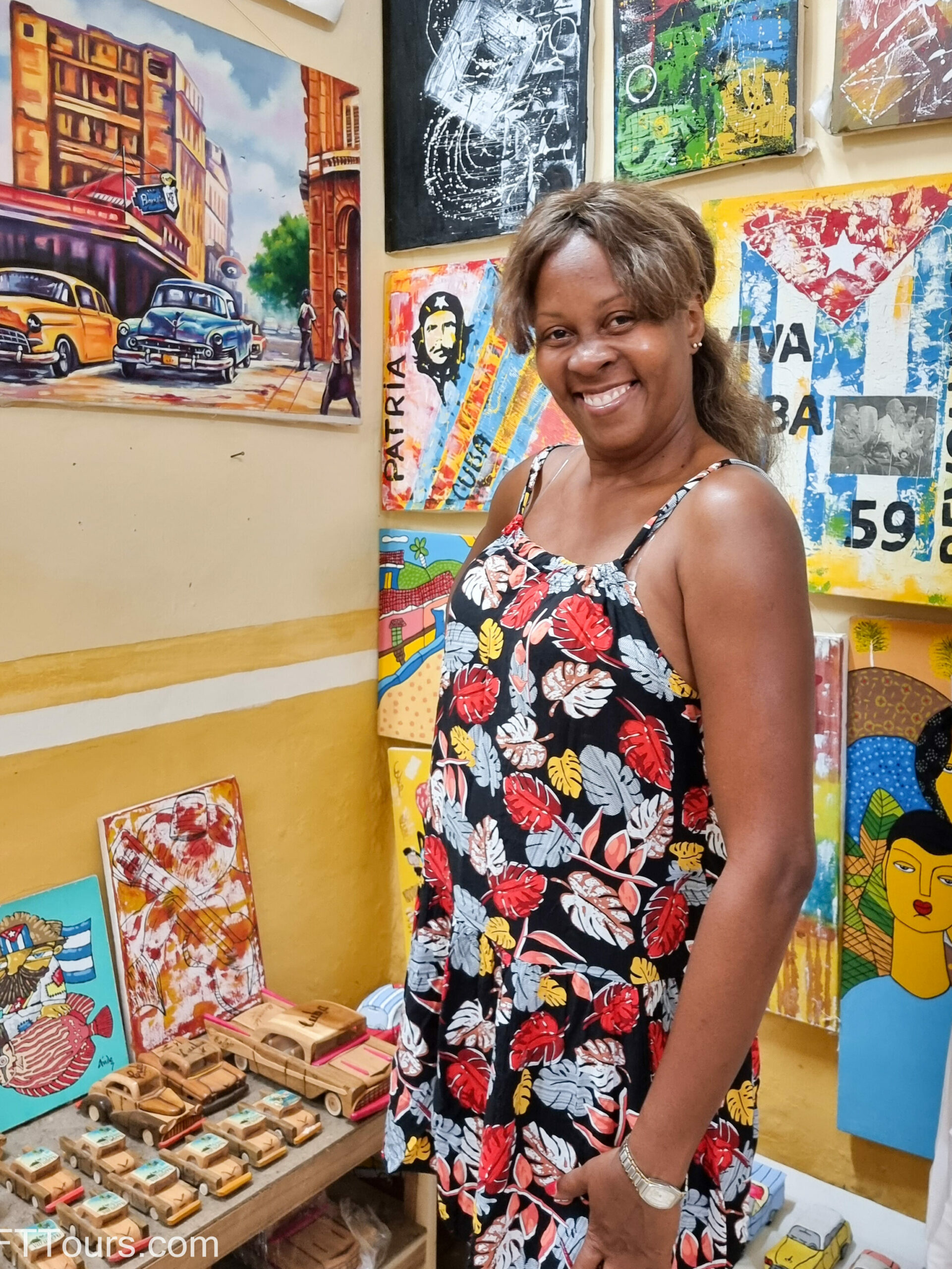
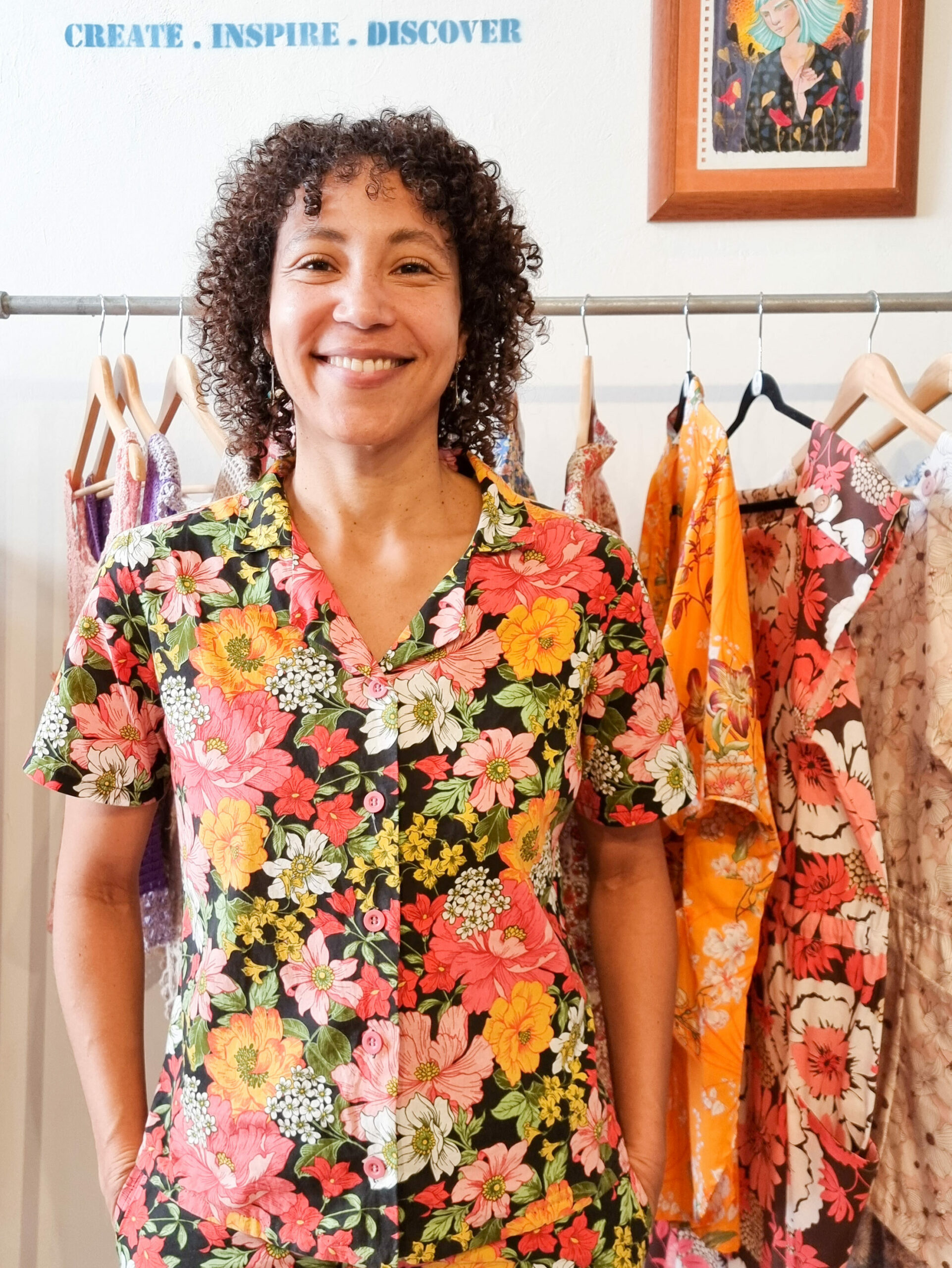
As someone of Spanish origin living in a very liberal beach town with a very long tradition of Carnival, debauchery and party, Cuban women’s empowerment, body positivity and sexy dress code is something I admire.
Here is what dominates the wardrobe of Cuban women:
- Spandex: Every piece of clothing is tight, and worn like a second skin. Think spandex cycling shorts, tops and spandex mini-dresses.
- As little fabric as possible: It is hot in Cuba and people (men and women, but especially women) wear very short shorts and skirts, crop tops, spaghetti straps, and generally as little clothing as possible.
- Very bright colors: If possible, neon colors, with bright pink, orange and yellow being favorites.
The general dress code is that less is more, and I love the body positivity message that tight, short and crop outfits brings to the table. Cuban women also like to dress up and you will see them wearing make up and accessories even just to go down the street to do the groceries.
You don’t have to dress like that, but if you fancy, you easily can dress up in Cuba without standing out. Or just wear whatever you like and feel super comfortable in your own skin.
How to dress in Cuba
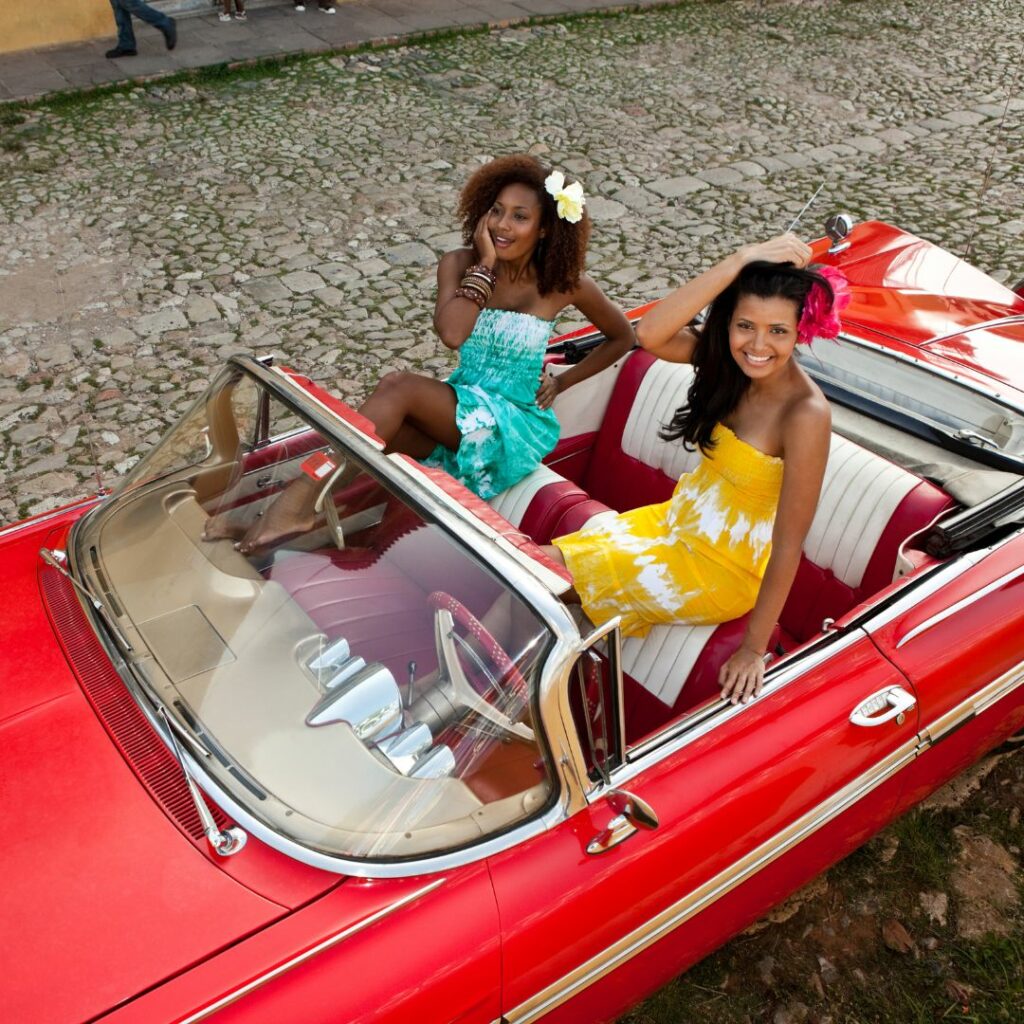
Considering the weather and the fact that Cuba is a country where you don’t have to adhere to any dress code, below is a list of recommendations for things to pack.
See all our item recommendations in one place on our Amazon Storefront here.
AC is not common
Most buildings do not have AC in Cuba, but casas particulares and hotels will have it in the rooms. However, electricity is unreliable and casas do not have generators, so the AC could go off in the middle of the night.
Restaurants and many museusms are open air, or semi open air, with windows and doors open at all times to let the air flow in. This is why it is important to time your trip to the dry season unless you want to be sweating at all times.
On our other women-only tours in hot destinations like Barcelona, Italy’s Amalfi Coast and Tanzania, guests have raved about this portable air conditioner you wear around your neck, which can help if you are someone who overheats easily.
Beware of pickpockets
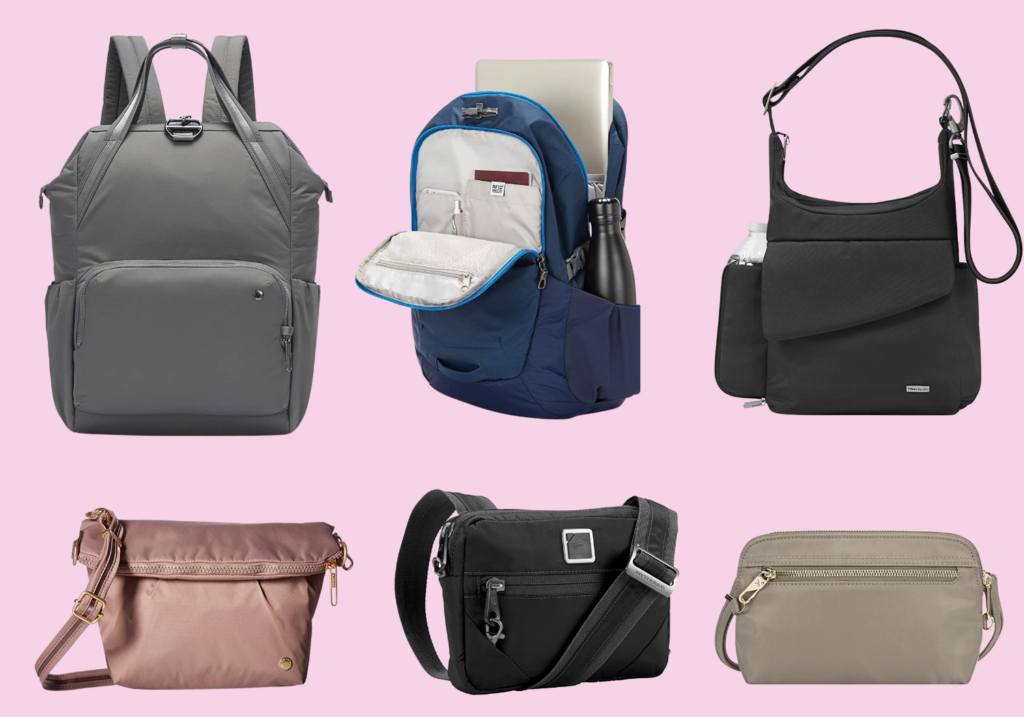
As discussed on my travel tips article, Cuba is a very safe country, not least because crimes against tourists are a very serious offense carrying strong penalties, so theft and pickpocketing is rare, though not inexistent.
I always recommend using an anti-theft bag like one of these, that comes with lots of features that make it harder for a thief to steal from you.
The cross body options are the best since bag snatching (someone running or cycling next to you and pulling your bag from your shoulder) has become the most prominent theft type in Cuba.
Be bold
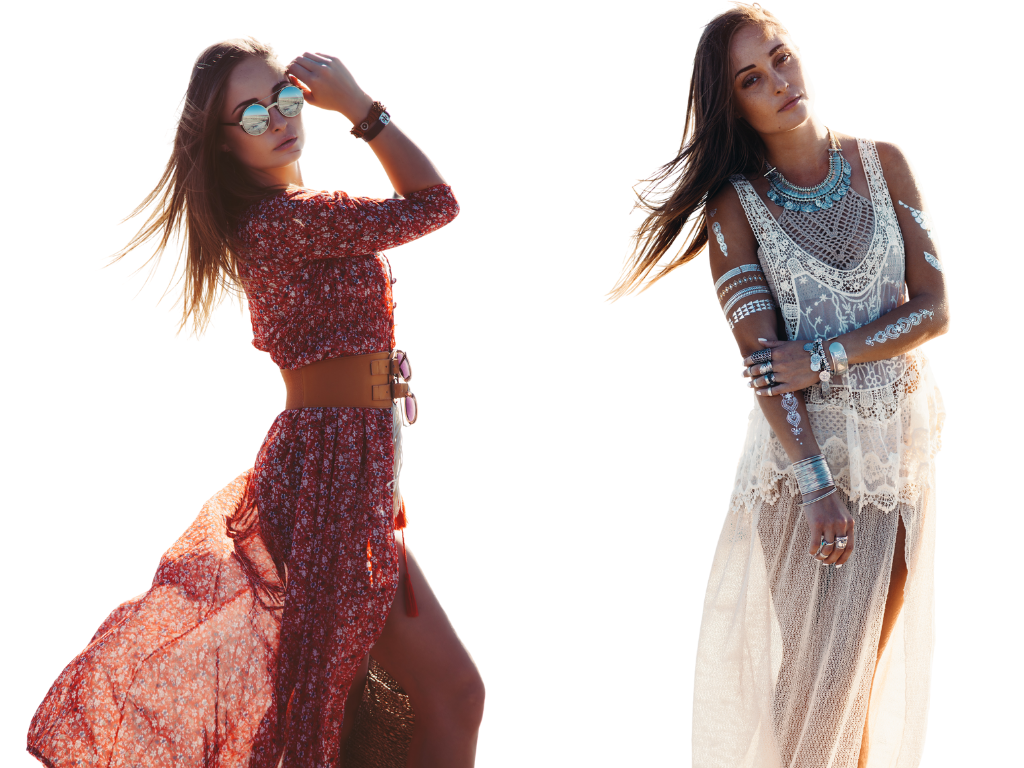
As I said, Cubans love bright colorful pieces and the African influence in some pieces brings extra color to the streets.
If you like to dress bright and bold, this is your chance to blend in and get compliments from the locals. Cubans (men and women) are known for randomly complementing your outfit, so don’t be alarmed if they do. This has happened to me several times while just walking in the street.
Everything goes
Really, everything!
As hinted at by the section above about how Cuban women dress, in Cuba, anything goes.
Got a tight romper that is fuchsia and that you are keeping for Burning Man? Wear it in Cuba!
Did you buy a carnival outfit that you love and haven’t found another occasion to wear it? Wear it in Cuba!
Did you get a wild piece at a thrift store that you are dying to put on?
Bring it all to Cuba! Seriously – throw it in your bag!
Try the local designers
A new wave of Cuban designers is slowly but surely bringing a breath of fresh air into the country and even overseas.
We visit a few of these female fashion designers during our tour but below is a list of stores I love and I highly recommend you check out during your time in Havana:
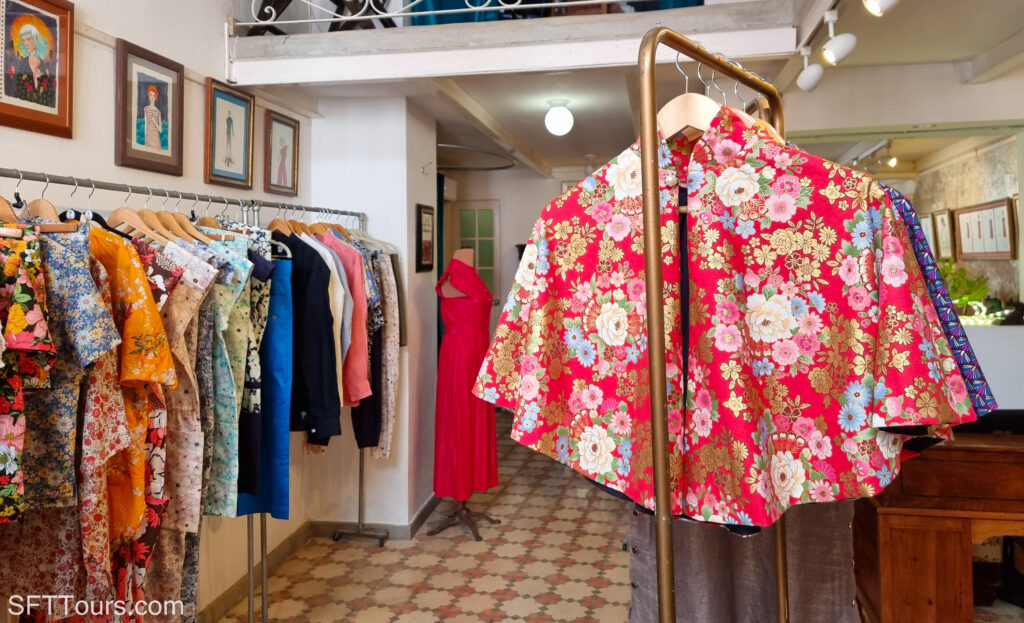
Dador. Started by 3 friends from design school who could have left Cuba, but decided to stay and share beautiful designs that would fit on any catwalk, with Cubans instead. Their Japanese inspired cape was the item I wish I had brought more cash for. The store is also where the design workshop is, in the attic.
Clandestina. The first female owned local fashion brand playing with humor in its designs that now has an online store and an outlet in Miami. Fresh and fun.
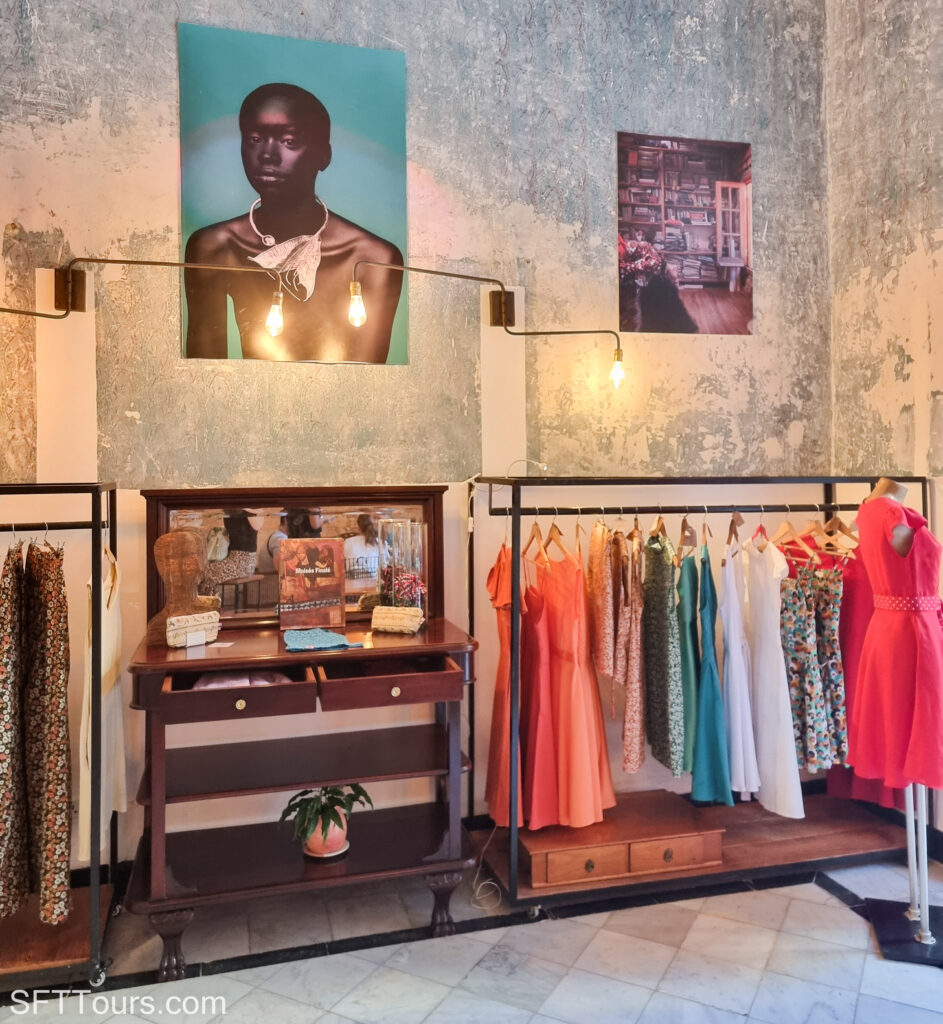
Color Cafe Habana. A cafe where you can have pancakes or smoothies that is also a fashion workshop and store filled with beautiful and delicate pieces by a young female designer.
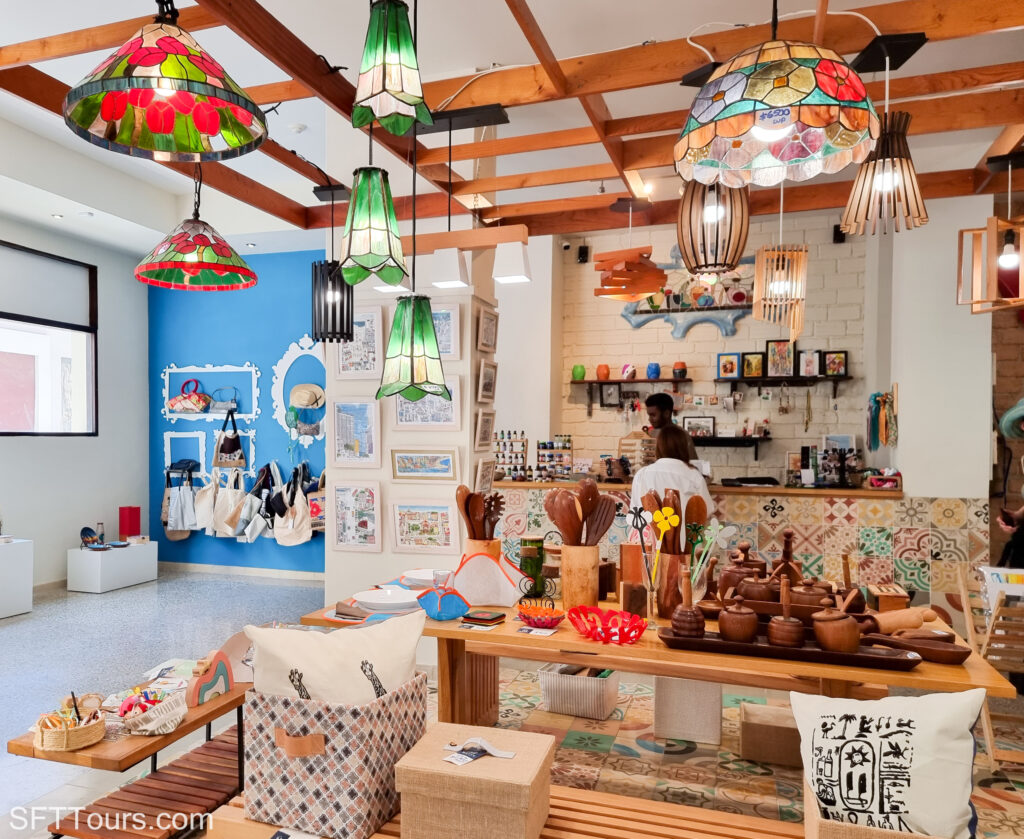
Matty Habana. A multibrand store in the heart of Old Havana where several local artisans and designers sell their pieces under one roof. Well worth a visit for the pretty jewelry (I bought 3 pairs of earrings), the handmade children toys and the pretty home decor items.
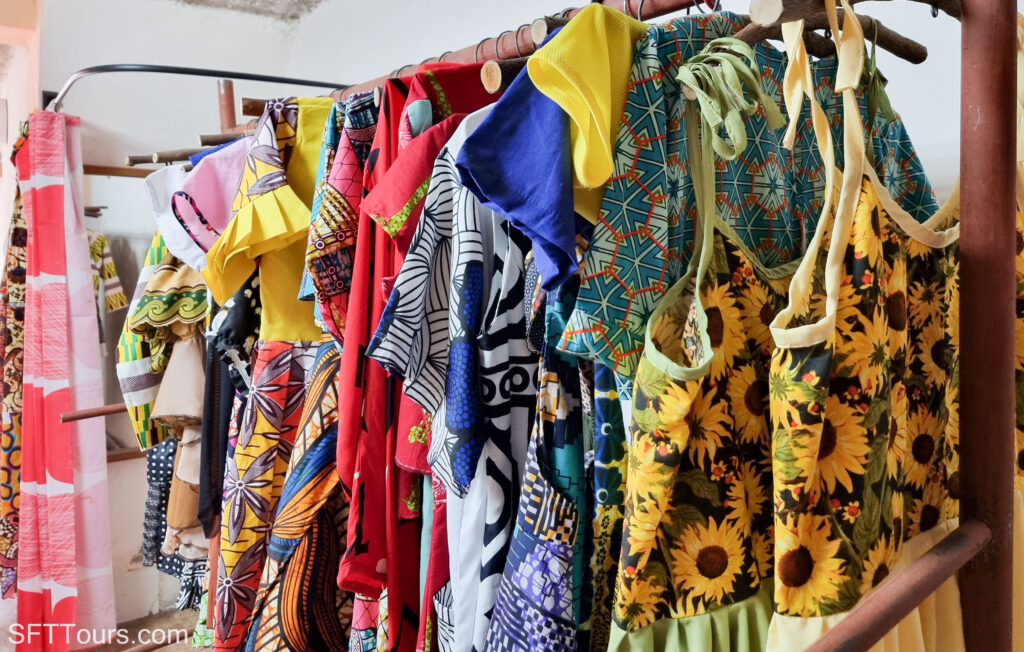
Barbar’As. Afro-Cuban fashion brand and social project that employs local women and wants to honor Cuba’s African heritage with African-inspired prints and designs. The founder, Deyni, focuses as much on the social impact the brand can have as on designing clothes. They lead several social projects around alopecia, with children and with women who are victims of domestic abuse. You can follow everything they do on Instagram.
A light jacket
If you are visiting during the dry season, you should bring a light jacket, kimono or cardigan to make sure you don’t get chilly at night. As mentioned above, all restaurants and bars are open air.
What to pack for Cuba
Now that you understand the weather and the fashion sense in Cuba, let’s look at the best things to pack for your trip.
Footwear for cobblestone streets and stairs
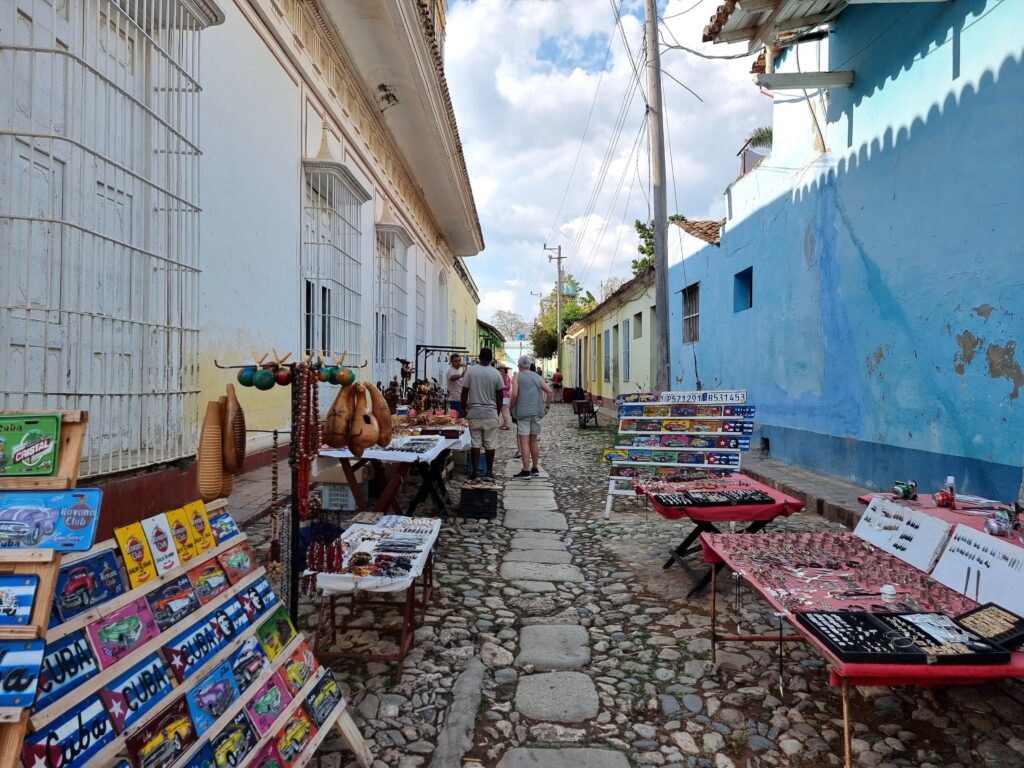
Cuba has no elevators. Unless you are staying at one of the luxury hotels owned by foreign brands (Kempinski, Melia, Iberostar, etc.) you won’t see a single elevator.
This does not mean that everything is on flat ground, but that buildings were constructed when elevators were not a common feature and have not been upgraded since, so there are a lot of stairs.
To that, you need to factor the fact that most cities in Cuba were built during colonial times and have been preserved until today with minimal upkeep in the last 60-70 years.
City centers are made of cobblestoned streets or of pavement that hasn’t seen any maintenance in a while. Trinidad in particular has pointy, large and small cobblestones that are painful to navigate with flat shoes with minimal sole. I cannot imagine walking around Trinidad in anything but cushiony sneakers. These Dr. Scholl’s sneakers are our choice for class, versatility and comfort.
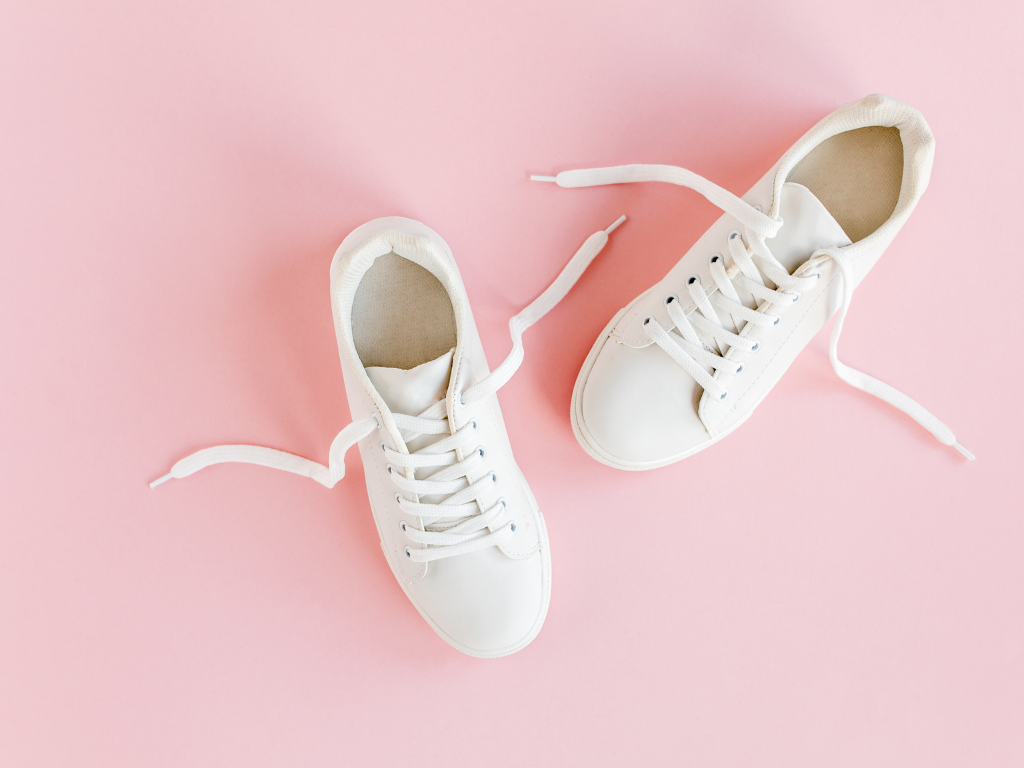
Alternatively, if you’re looking for supportive sandals to be comfortable while practical for the Cuban heat, these sandals have great reviews.
You can also wear espadrilles, like these flat ones, these flowery summery ones or these ankle wrap strap ones that can go from day to night.
Flip flops or other open sandals that do not keep your foot in place will not protect your feet from twisting your ankle and are a bad idea.
In the evening, a pair of pretty wedge espadrilles like these pretty ankle strap ones or these ivory flatter ones will take you from the beach to your authentic Cuban dinner reservation no problem.
Potholes, missing tiles, broken sidewalks, etc. are all part of the landscape and so you should wear shoes that you will be comfortable in for a few hours on your feet in uneven surfaces when the weather is hot.
Dresses
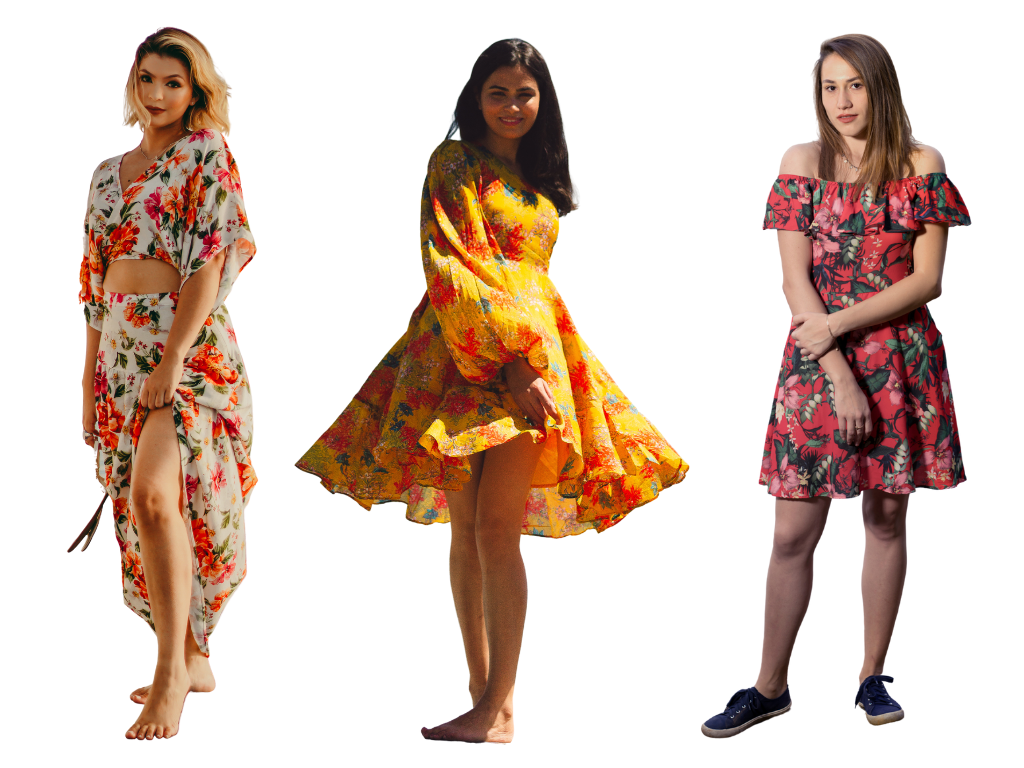
Dresses are the best summer outfit. They are light, they don’t occupy a lot of space in your suitcase and they can be super flowy, fresh and comfortable. It can be long or short, mini or maxi, in a solid color or patterned, but generally, the locals go for a tighter fit than loose.
In Cuba, you can wear any kind of dress. Think wrap-around dresses, spaghetti strap dresses, florals, etc. Keep in mind, if you plan to visit churches or religious sites on your trip, you’ll be expected to cover your shoulders and knees.
For the night, a cute short or long dress in a solid color paired with a nice accessory will help you blend in. I love this V-neck one and this statement tunic dress or this great summery option.
You should carry a cardigan in the evenings, even in the summer months, in case it gets chilly.
Shorts
Shorts are a versatile, comfortable and casual option perfect for any occasion in Cuba. Chinos or cute cotton shorts can be a classier option to the classic and trusted denim shorts, or you can take a page out of the locals books, and go for a tighter, brighter, and more athletic look.
Skirts
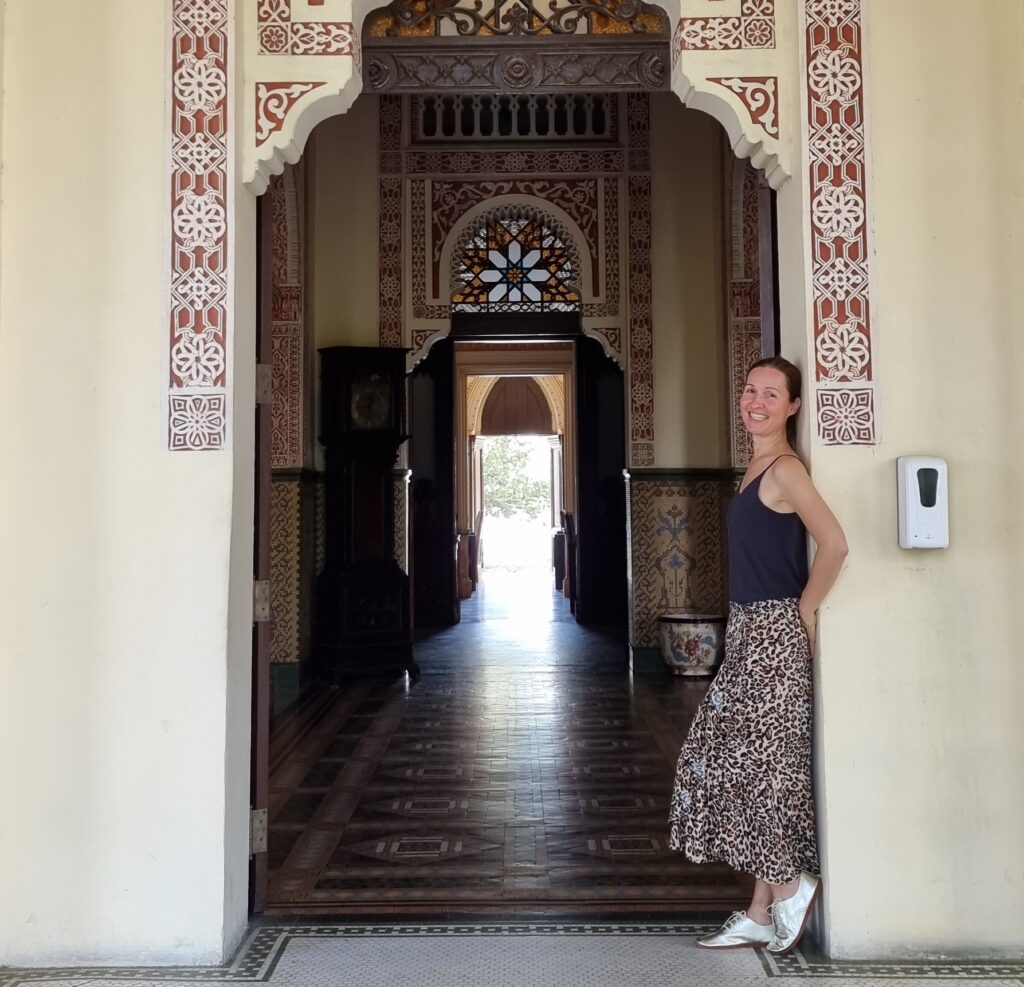
A skirt with a top is another great alternative to a dress. I wear all kinds of skirts in the summer, but prefer a flowy skirt to a tight one that can result in chafing (this anti-chafing stick does wonders) or roll up when I walk.
Long skirts are a fabulous evening outfit, especially in late May / early June or in late September / early October when the temperatures are a bit lower.
Three quarter length ones are great day or night and short skirts are perfect for the beach. Mini skirts are generally worn by younger women or beach goers.
Skirts are a girl’s best friend through Cuba and all these skirts from ChicWish are the PERFECT chic style. I have and wear three of them in all our summer European trips to Croatia & Montenegro, Tuscany, Amalfi Coast, Barcelona and even on our Greece sailing tour.
Cropped pants
I am a big fan of crop pants because they can be really cute, come in a variety of materials, are fun and cover me from the sun, plus they fit my silhouette.
A pair of light crop denims like these ones or linen pants will come in handy. You could also opt for jumpsuits or rompers. This cute romper would fit right in.
Leggings and linen slacks
Leggings are another great comfortable outfit to pack. They are light and comfy and they take up no space in your suitcase. Plus they avoid the need for sunscreen.
Linen is a great material for the hot summer weather and I love to wear it, especially in loose fitting shirts over leggings or as a pair of long trousers.
The main issue with linen clothing is that it requires ironing and I don’t like to iron when I am on holidays. To minimize creasing, check out our packing hacks and roll the clothes.
A light cardigan
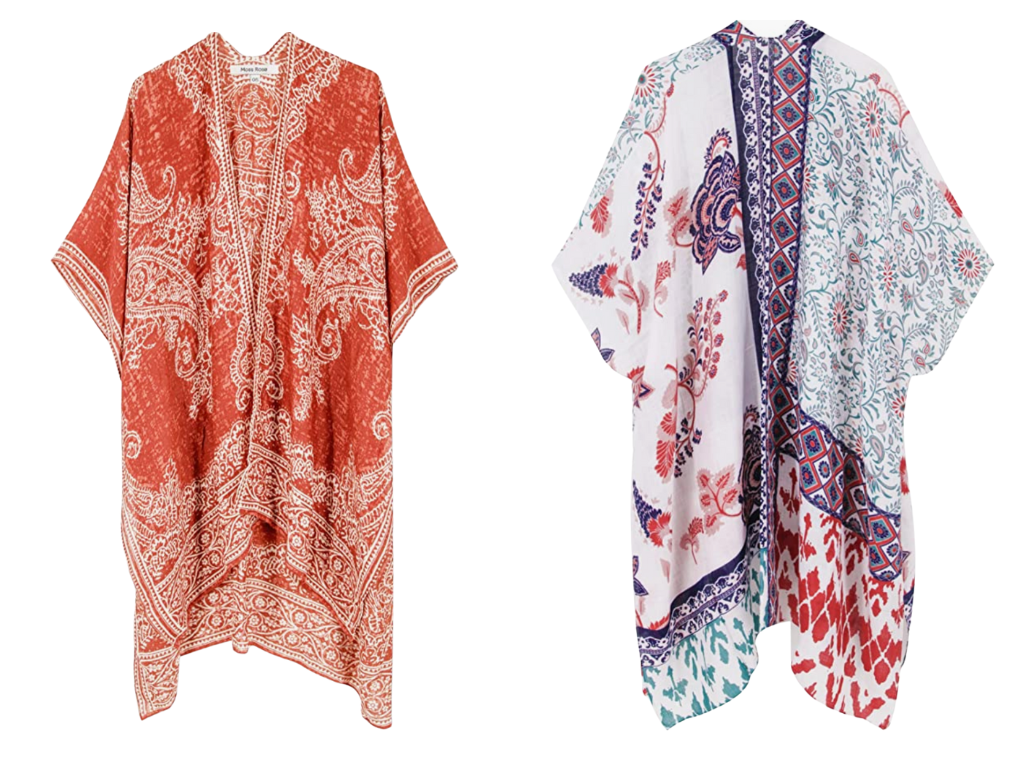
In the dry months, evenings cool down quite a bit. This is why we suggest always bringing a light jacket or cardigan with you during the evenings. Alternatively, a nice pashmina or cute kimono top will match the bohemian, laid-back energy of Cuba while keeping you comfortable.
Swimwear
You will never be too far from the sea in Cuba, though swimming pools are rare unless you are staying at one of the resorts, so if you want to pack light and don’t plan to spend time at the beach, you could leave this home.
During our tour to Cuba, we have an afternoon free in Trinidad where you can opt to head to Ancon Beach for a lazy afternoon. If this is what you choose, bring your swim suits, bikinis, etc. If you plan to venture to the many beaches, bring your own sarong, quick dry towel or Turkish beach towel.
Cute t-shirts and tops
I like to pair my skirts and shorts with comfy but cute tshirts, sleeveless, strapless or tank tops and blouses that may be floral, with a design or have details that make them a bit more than just a white t-shirt. Materials such as cotton and silk can dress you up and are light and fresh.
Other things to pack for Cuba
In addition to the above tips and outfits to pack for Cuba, below is a list of items you should considering bringing on your trip.
Remember: There is a general lack of everything in Cuba so you should not rely on buying anything locally and should bring everything you think you may need with you and also things for “just in case“.
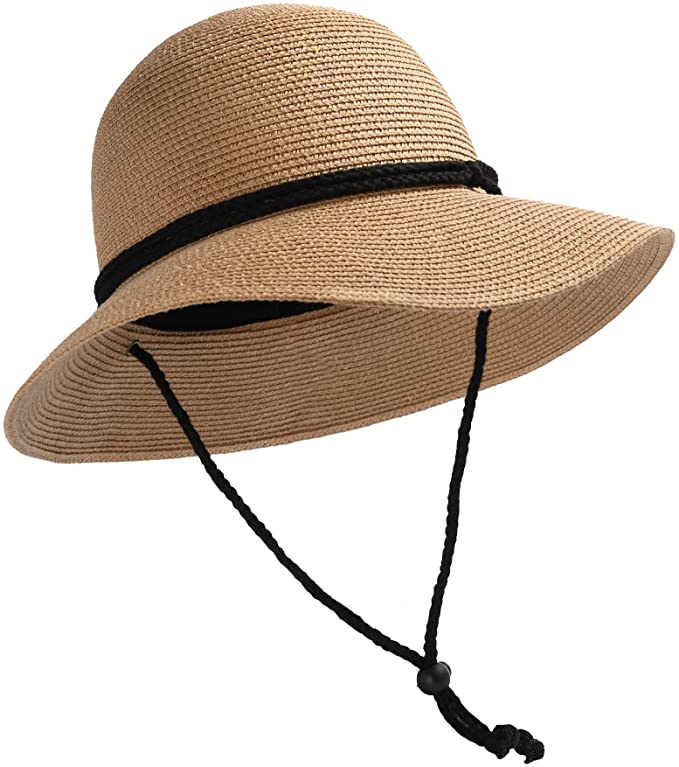 | A sun hat: As mentioned, the sun will be shining all day long so a hat is a great way to protect eyes and face from the sun exposure. I like straw hats. Check out this wide brim one. |
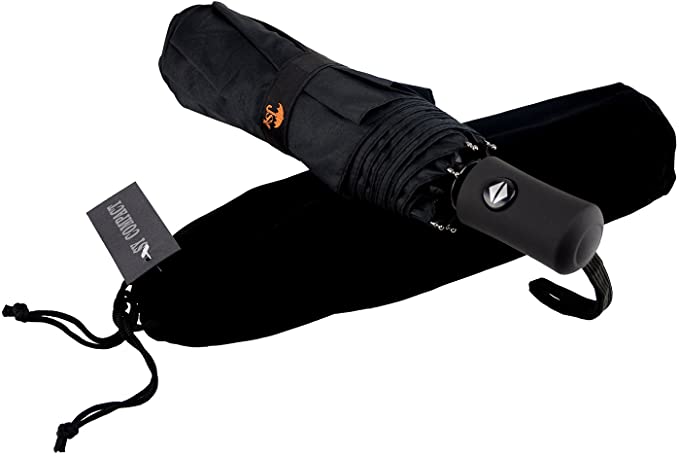 | A travel umbrella / raincoat: Even in the dry season, it can rain, especially in Vinales. It wouldn’t be the lush, green national park that it is without the rain. Umbrellas are also useful when it’s sunny and locals use them to protect from the sun. This one weighs less than 500 grams and is wind-resistant. |
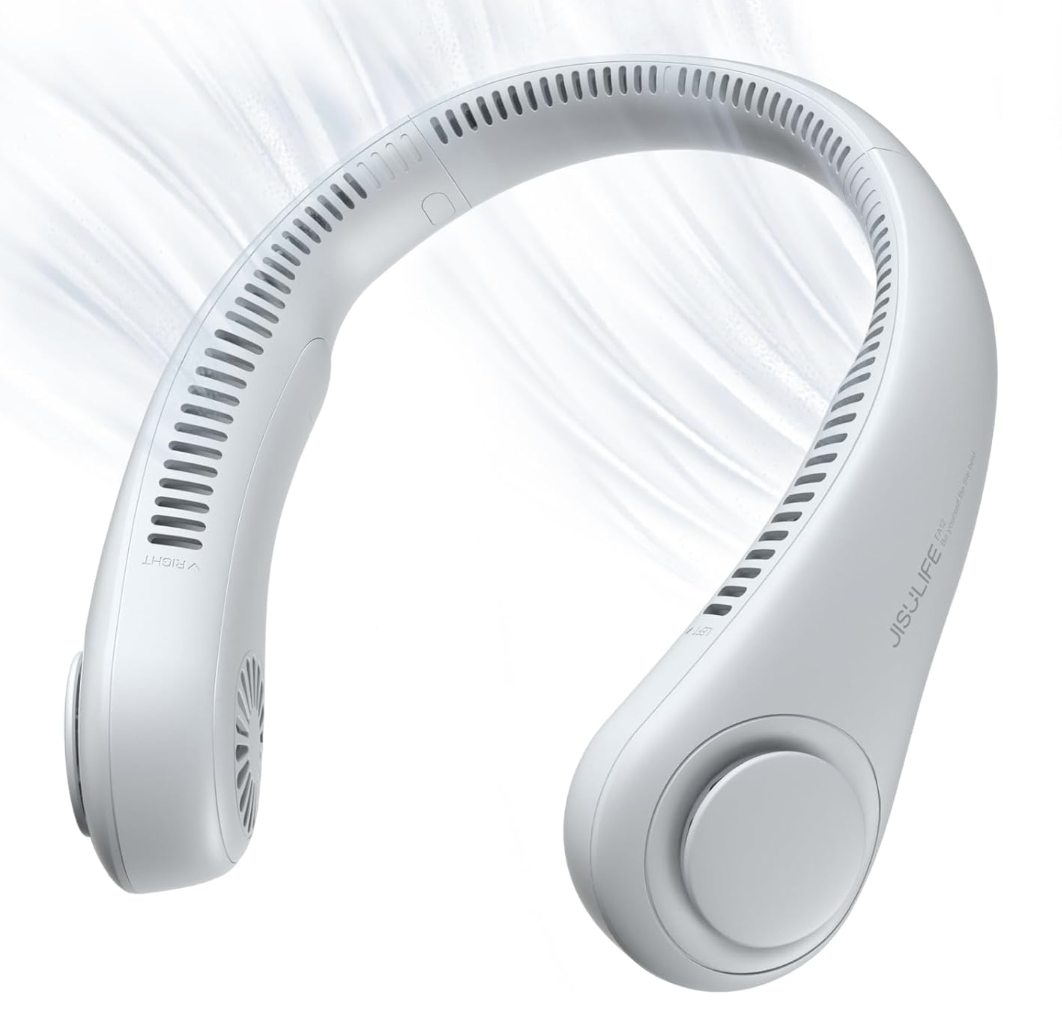 | Portable neck fan: It’s hot in Cuba, we have established that, but the thermometer does not show how hot the humidity can make the temperature feel. If you don’t tolerate heat very well, get one of these portable neck fans, they are life changing, trust me. I have had several guests use this particular one on our summer trips in Europe and I wish I had one every time. |
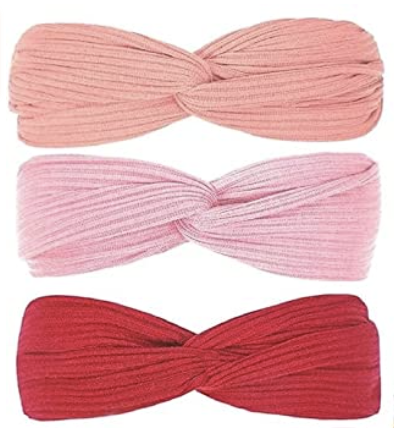 | Hair ties or bands: Anything that helps you style your hair and keeping it away from your face may be useful when it’s hot, so bring hair ties, scrunchies, clips, or hair bands that helps you style it and keeping it away from your face. |
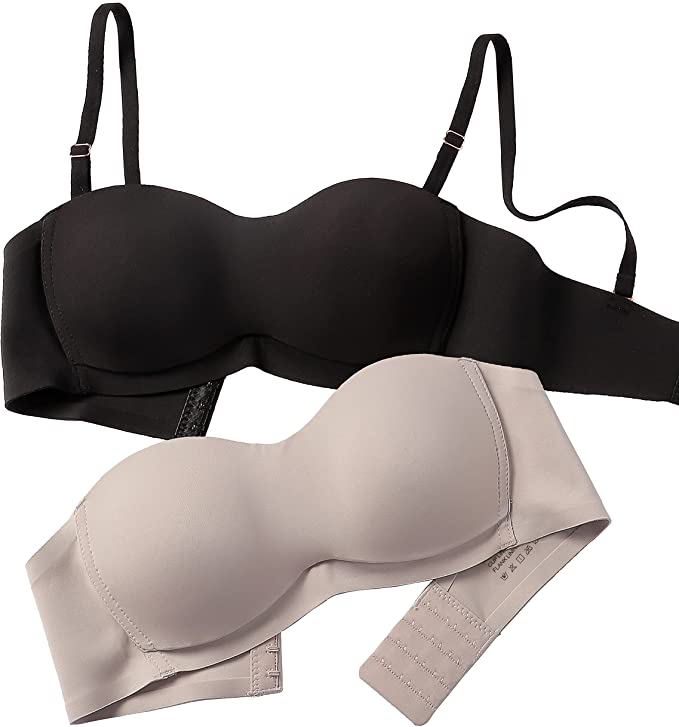 | A strapless bra: For all those tops and dresses, or if your outfit demands it, a stick-on one so you look perfect. Find a comfy wire free strapless bra here. |
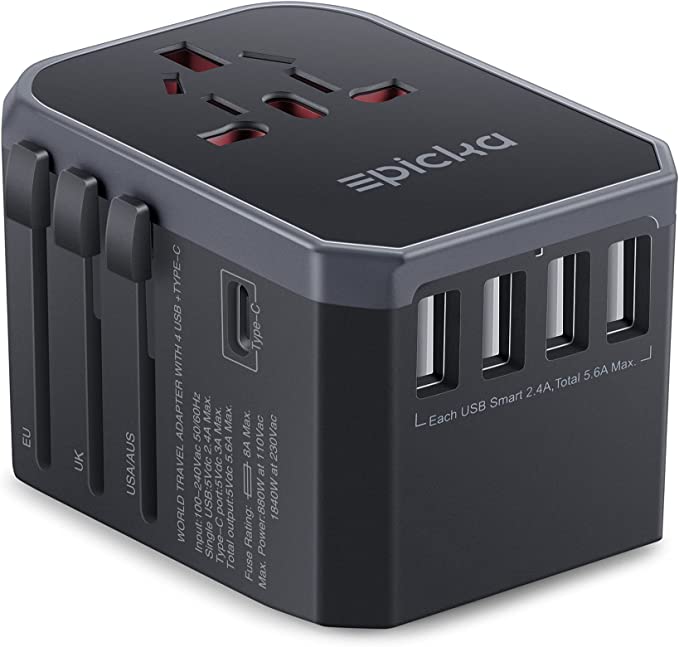 | Universal plug adaptor: Cuba uses the US standard two-prong flat plugs. Get a universal adaptor just in case so you are set for all kinds. I use the ones which comes with USB ports so that I can charge phones, cameras and everything else with just one adaptor and socket. It is likely that your room in Cuba only has one socket so this avoids the need for an extension cord as most electronics charge with USB posts. I love this one because it has several USB ports. |
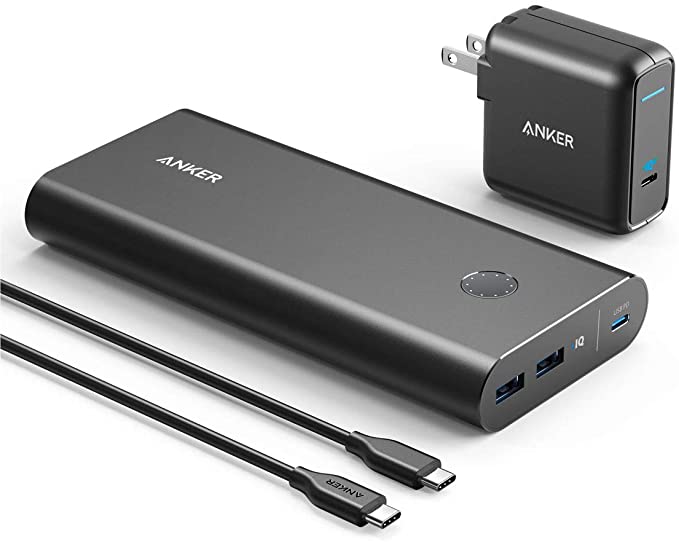 | Power bank: Useful for in cases where the electricity goes off in the middle of the night and your electronics don’t fully charge. The INIU Portable Charger has a 20000mAh capacity, and fast-charging USB-C ports, you can power up your devices in a flash, while the LED display keeps you in the know about your battery level. It’s the perfect companion for road trips, travel adventures, or just surviving a long day out and about in Cuba. |
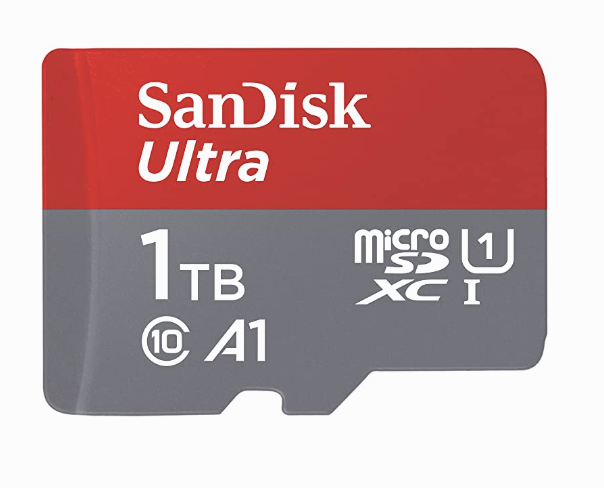 | Extra memory cards: Buying memory cards in Cuba will be impossible and you don’t want to run out of space and not be able to take more photos. I have been using SanDisk cards for years. Consider larger cards if you also want to take video. |
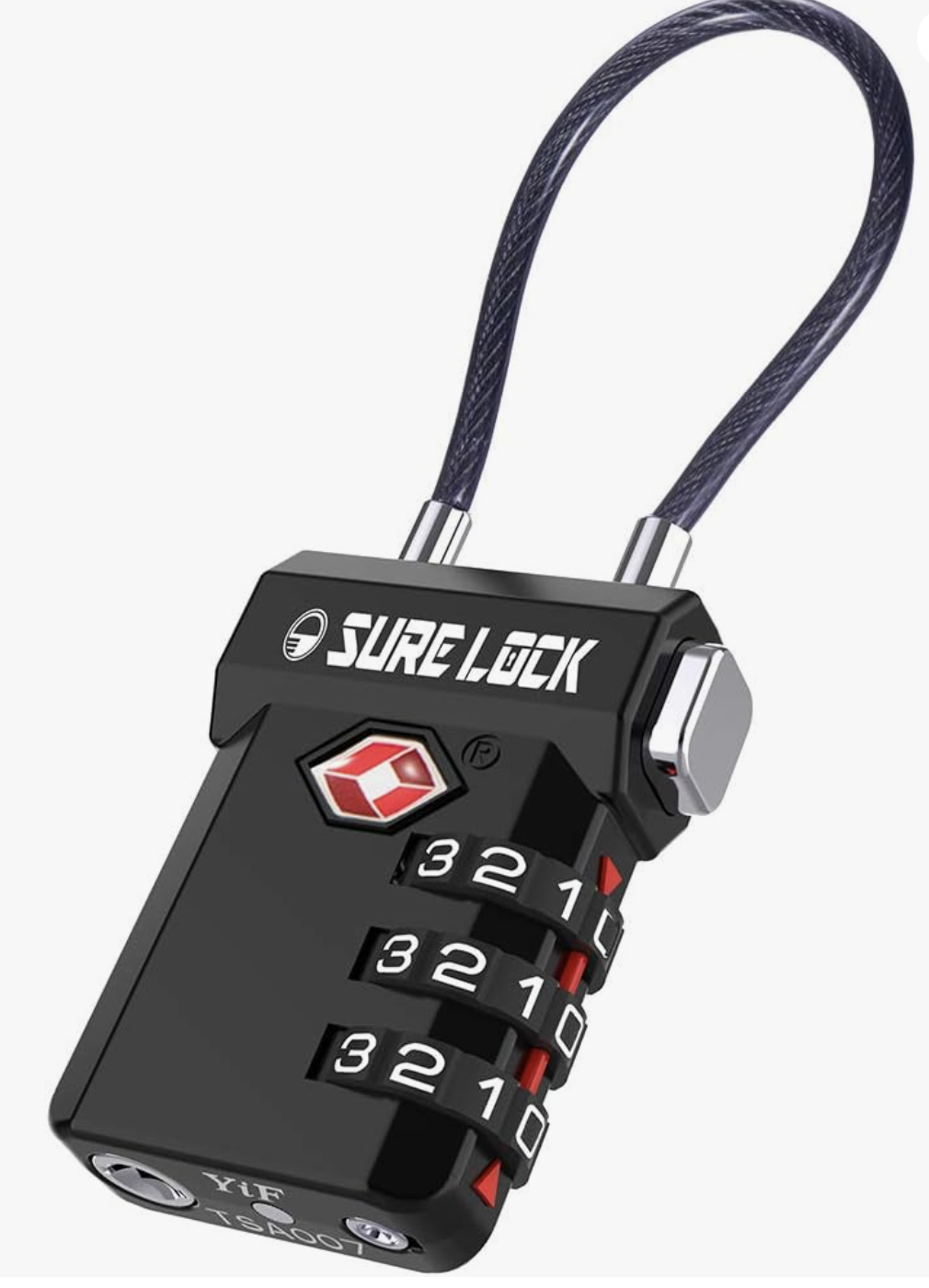 | Luggage lock: Cubans are honest people and theft in your casa, especially on our tours where all casas are thoroughly vetted and monitored on a regular basis is very very unlikely. However, room safes are uncommon in casas and you are best off locking all your valuables inside your suitcase when you are out and about if you want to feel extra at peace. Here is a good padlock for your suitcase. Use it before checking in your luggage for check in as theft in the airport is known to have occurred. |
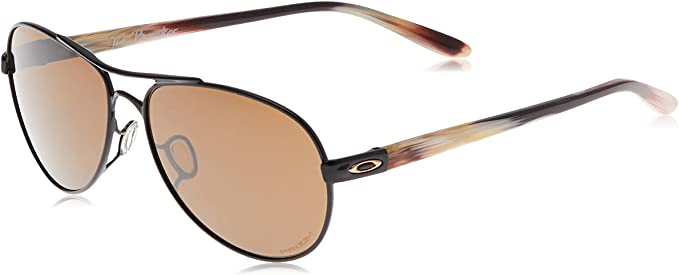 | Sunglasses: We expect sunshine, so a pair of sunglasses is an essential travel item in Cuba. I like and use Oakley sunglasses for over 2 decades as they are polarized and protect my eyes from any damaging sun rays. I alway wear them. Yes, they are not fashionable, but I have sensitive eyes that don’t like bright days, so they are a lifesaver for me. Lately, they have been launching more modern and stylish models. Check out their store on Amazon. |
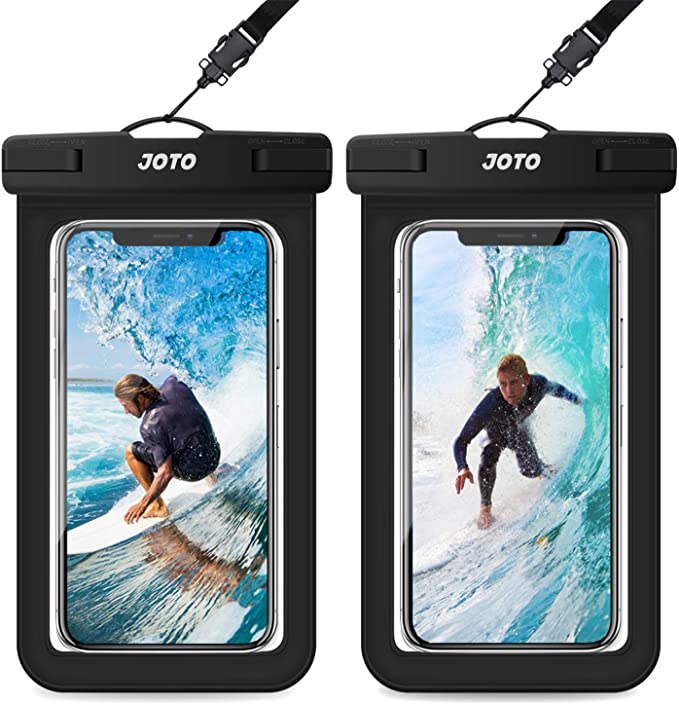 | Waterproof mobile phone case: This comes in handy to take with you in the water in case you go to the beach as you can stash other belongings like credit cards or money in it and make sure they are safely with you even if you go for a dip. This one is a commonly purchased one by our guests to Iceland who take it to the Blue Lagoon for pictures. |
 | Water bottle: Single use plastic bottles are terrible for the environment so we recommend you bring your own reusable bottle as part of our efforts towards zero-waste and responsible travel. Tap water in Cuba is not safe to drink but will be available in the bus. |
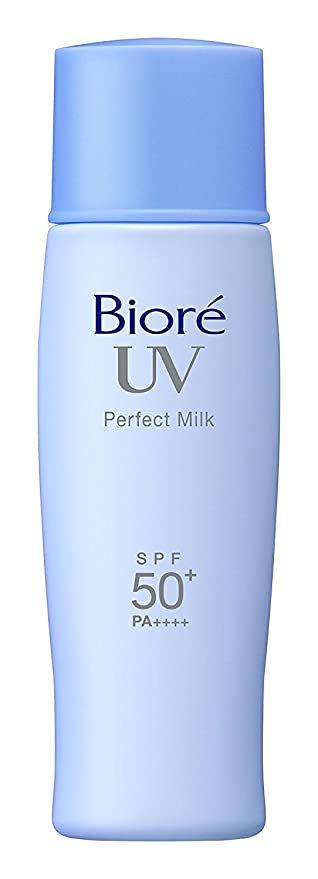 | Sunscreen: Perhaps the most important item in this packing list is sunscreen. The sun is very strong in the Caribbean and you will be under its powerful rays for many hours, protecting your skin is key. We like using Japanese Biore SPF 50++++ because you can wear it under makeup and it is non-sticky and silky smooth. Living in the tropics, this is an everyday item for me I never leave the house without. |
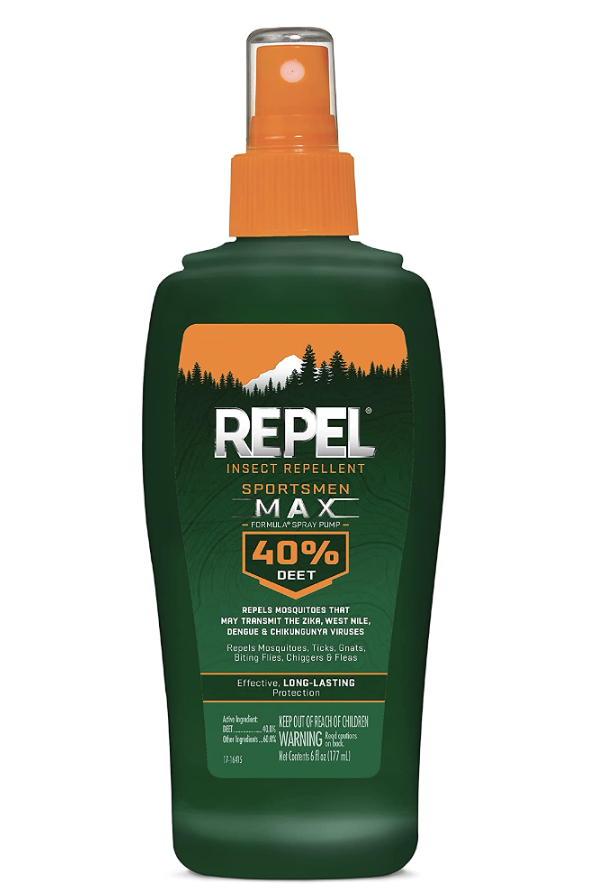 | Repellent, repellent, repellent: Cuba is a tropical island and there are mosquitoes, so you should pack repellent. Everyone has their favorites, from the natural repellents that use citronella and other ingredient to the DEET-based repellents. If you decide to use DEET-based repellent, beware that it is a toxic chemical and you should apply it in an airy place and wash your hands thoroughly to avoid having an upset stomach (from then touching your mouth). If you buy repellents with a high concentration of DEET (eg. over 50%) beware that their chemicals may melt plastic, including the bag which you may store them in or your sneakers (yep, true story)! I prefer to spray repellent on my clothes instead of on my skin. I have relied on the brand Repel at home in Singapore and in the bush and tropical jungles for years, and it always works. |
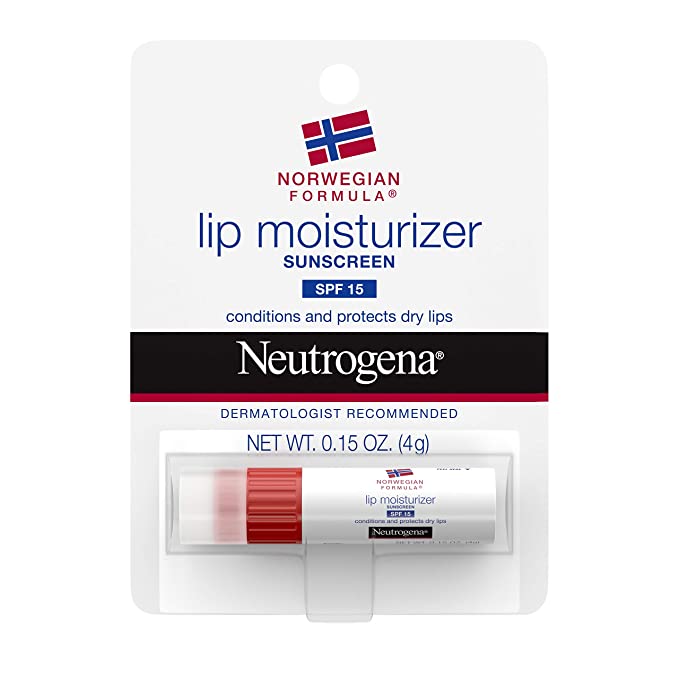 | Lip balm: The sun makes it particularly tough for the skin and lips so you should bring a lip balm to stay moisturized. I find these are essential to not end up with completely ruined lips or even blisters. This Nivea one comes in a pack of 4 and has SPF, so your lips will never be dry again! |
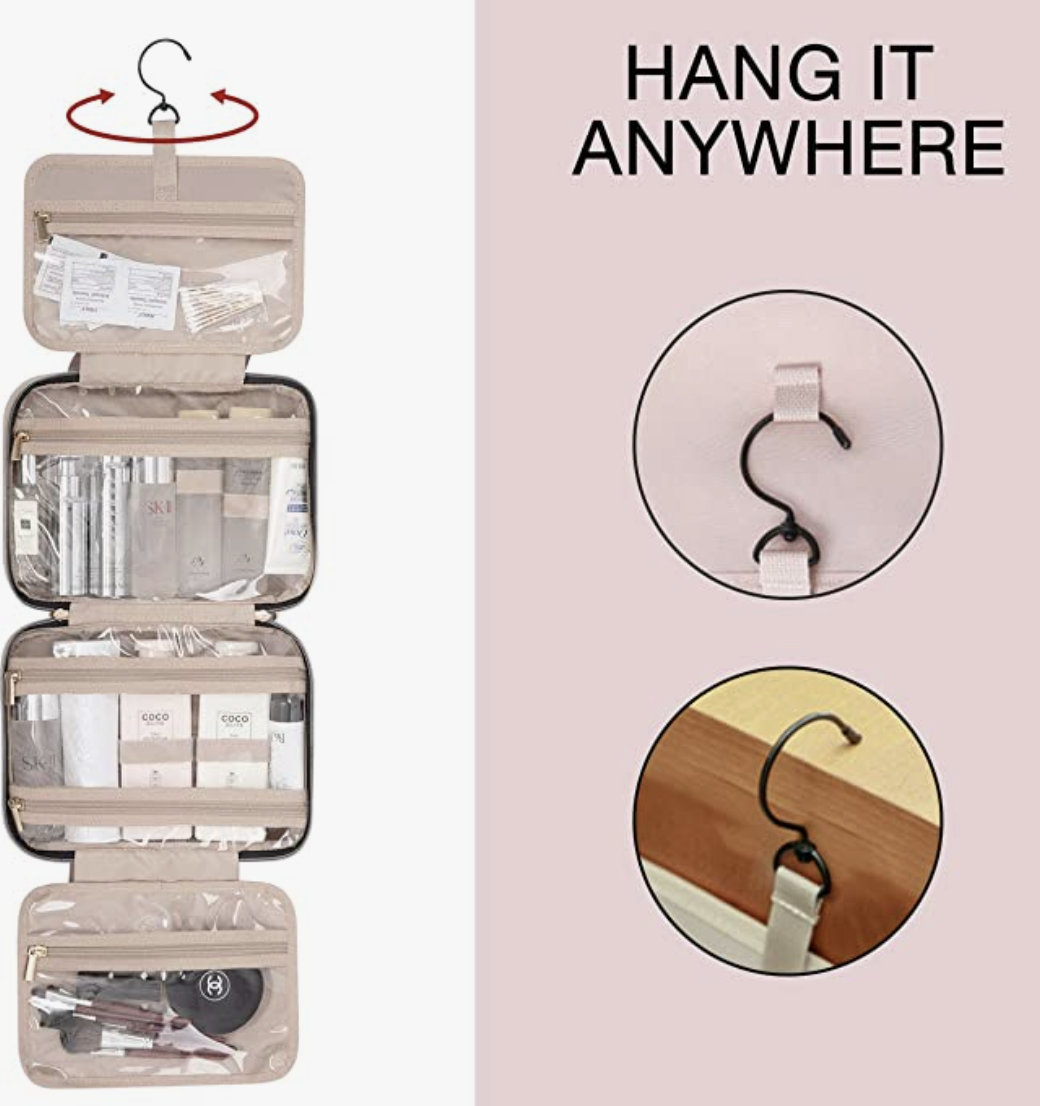 | A foldable toiletry bag: I always travel with a foldable toiletry bag which I can hang anywhere. At casas, where bathrooms may be on the smaller size, they save space an are easy to pack / unpack when moving around a lot (like we do on our tours). They also help you keep everything easy to find and tidy. This one is very cute. |
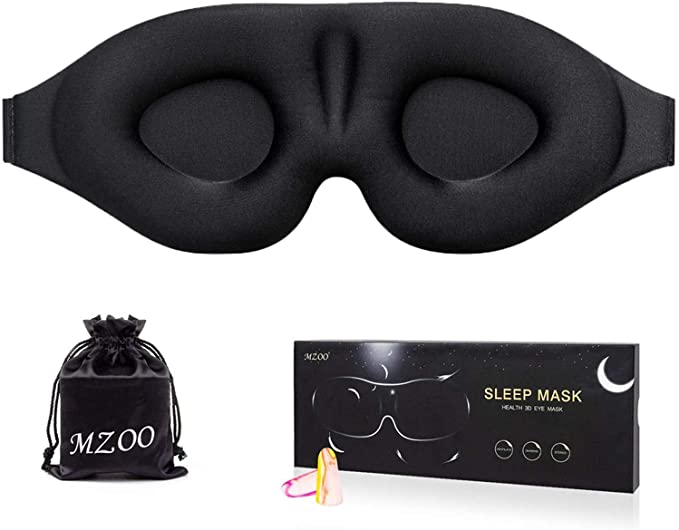 | Sleep mask: Although hotels have proper blinds, you will be sharing the room with another traveler who may be a late owl. Bring a sleep mask like this one to block the light. Or upgrade to Manta Sleep, I have been using the sound mask for months now and it is INCREDIBLE both for the flight as well as to sleep at night and get over the jetlag. It is magic when paired with my Calm app. |
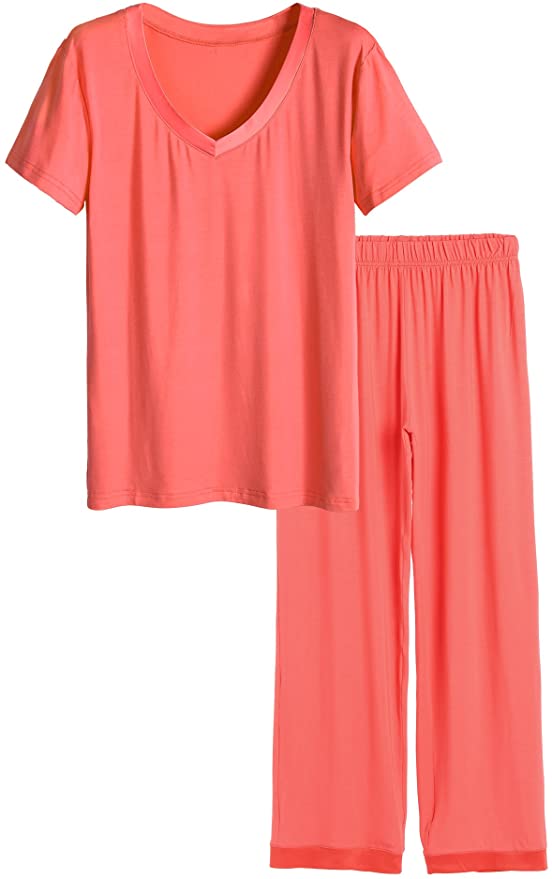 | Pajamas: As mentioned, you will most likely be sharing a room so don’t forget to pack your pajamas! Here’s a comfy choice from Amazon. |
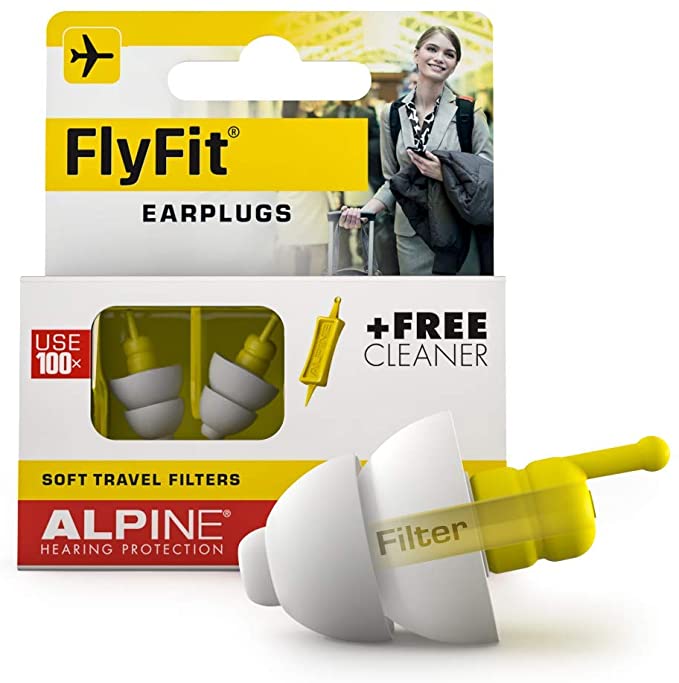 | Ear plugs: It’s never a bad idea to have a pair of earplugs handy, for the flight, a noisy neighbor, the roosters outside your window (true story), the salsa music at 7am or an antsy roommate. Check out these from Amazon. |
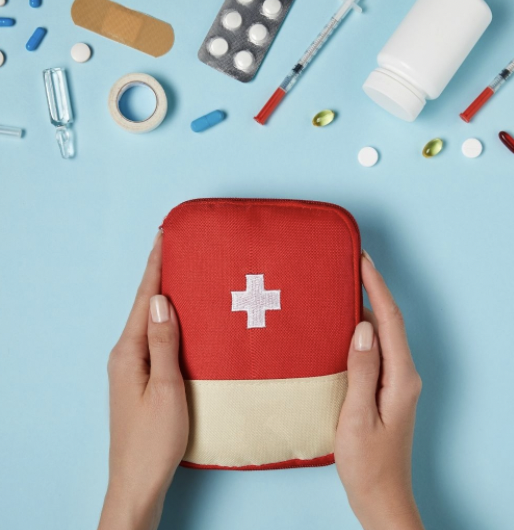 | First aid kit and medication: Buying any medication in Cuba will be impossible so you should assume that you will have access to nothing. Bring everything you may use and all the “just in case” items, plus of course all prescription medication or vitamins you take. Pack a complete first aid kit with items such as plasters, an antiseptic ointment, eye drops, hydration tablet, etc. Have a look at our suggested first aid kit here. Make sure whatever you bring is allowed by checking the medication section in my Travel tips for Cuba. |
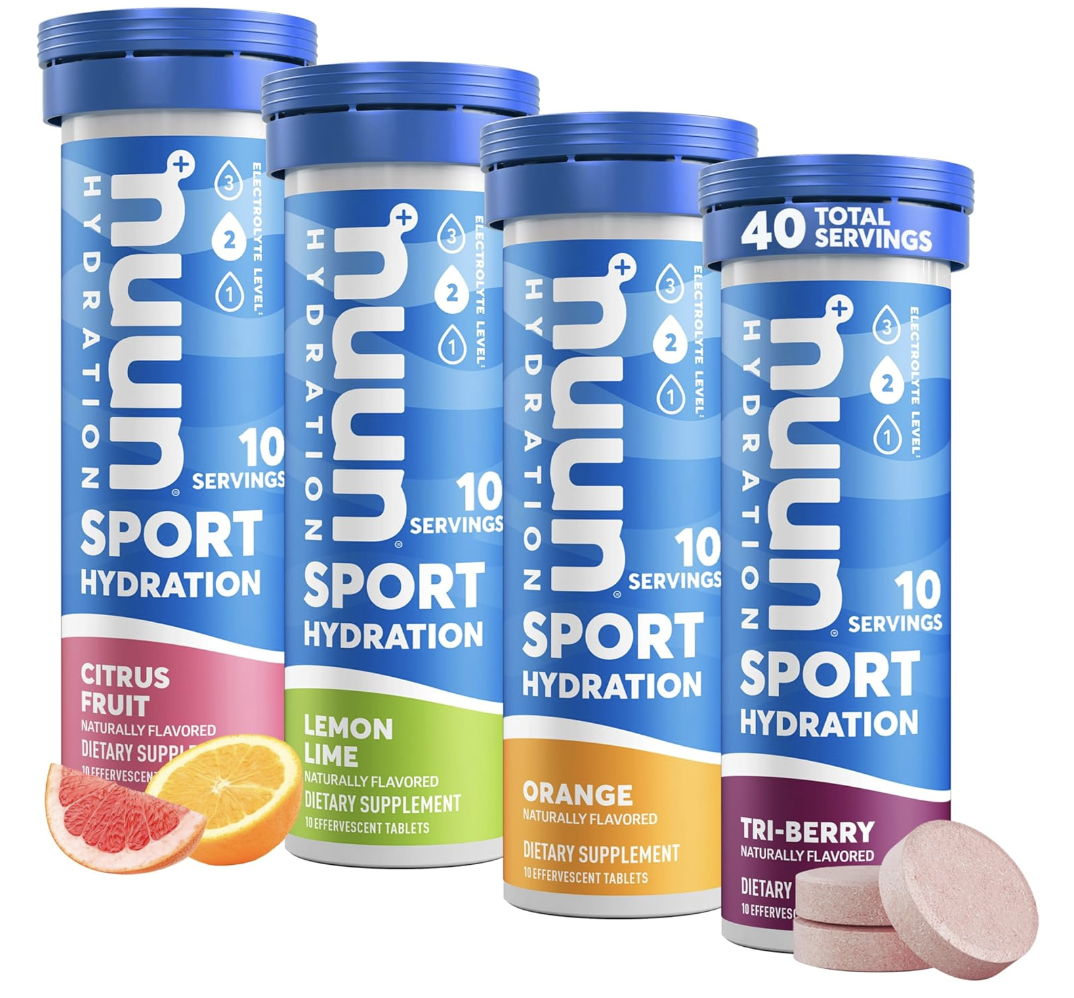 | Electrolytes or rehydration tablets: If you get an upset stomach or sweat more than usual because of the heat, it may be harder to stay hydrated. I like to bring these hydrating tablets from Nuun with me, always. They come in handy if you are somewhere dry, like the desert, or if you end up with travelers’ diaorreah where the risk of dehydration is high. |
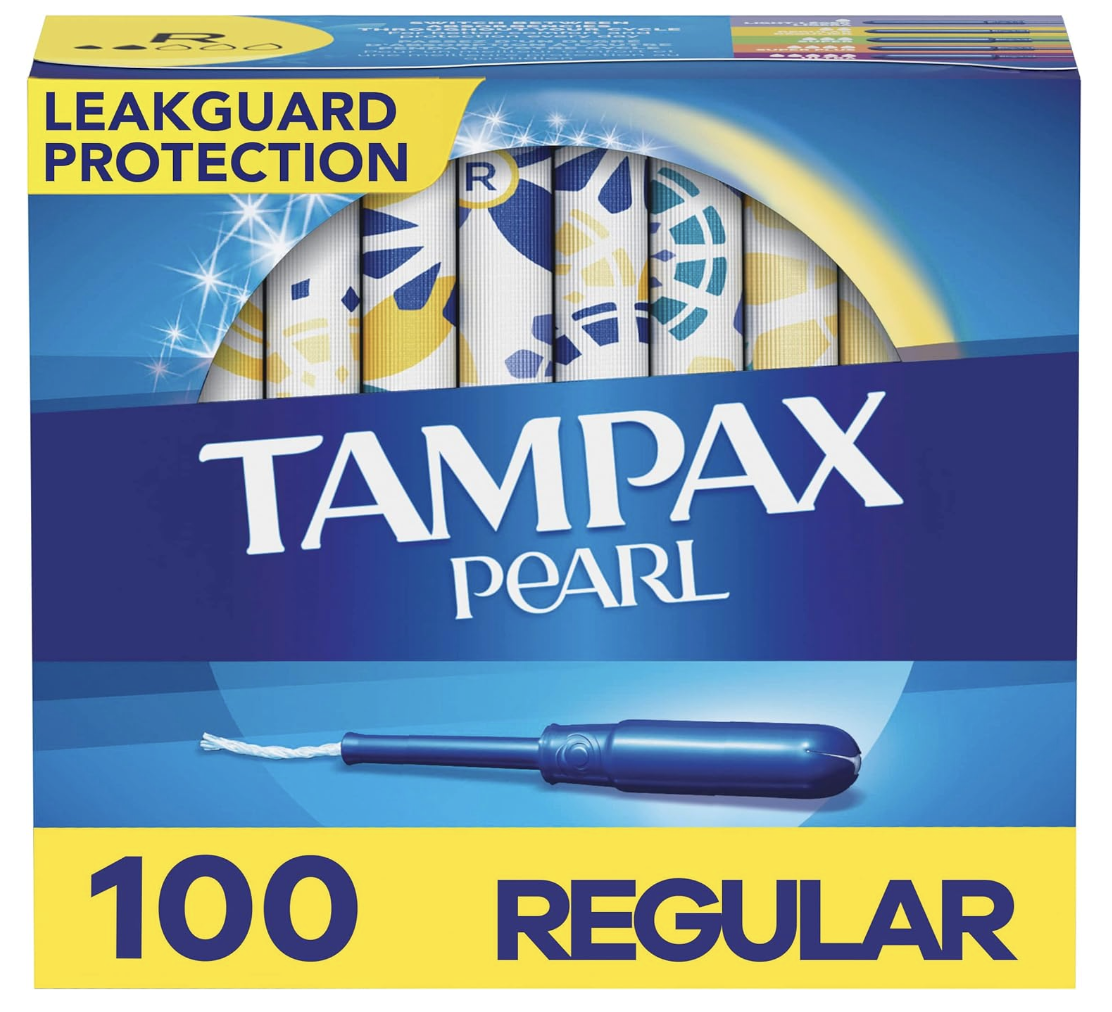 | Female sanitary products: Pads may be hard to find and tampons are inexistent so bring enough of your favorite ones for the duration of your trip. |
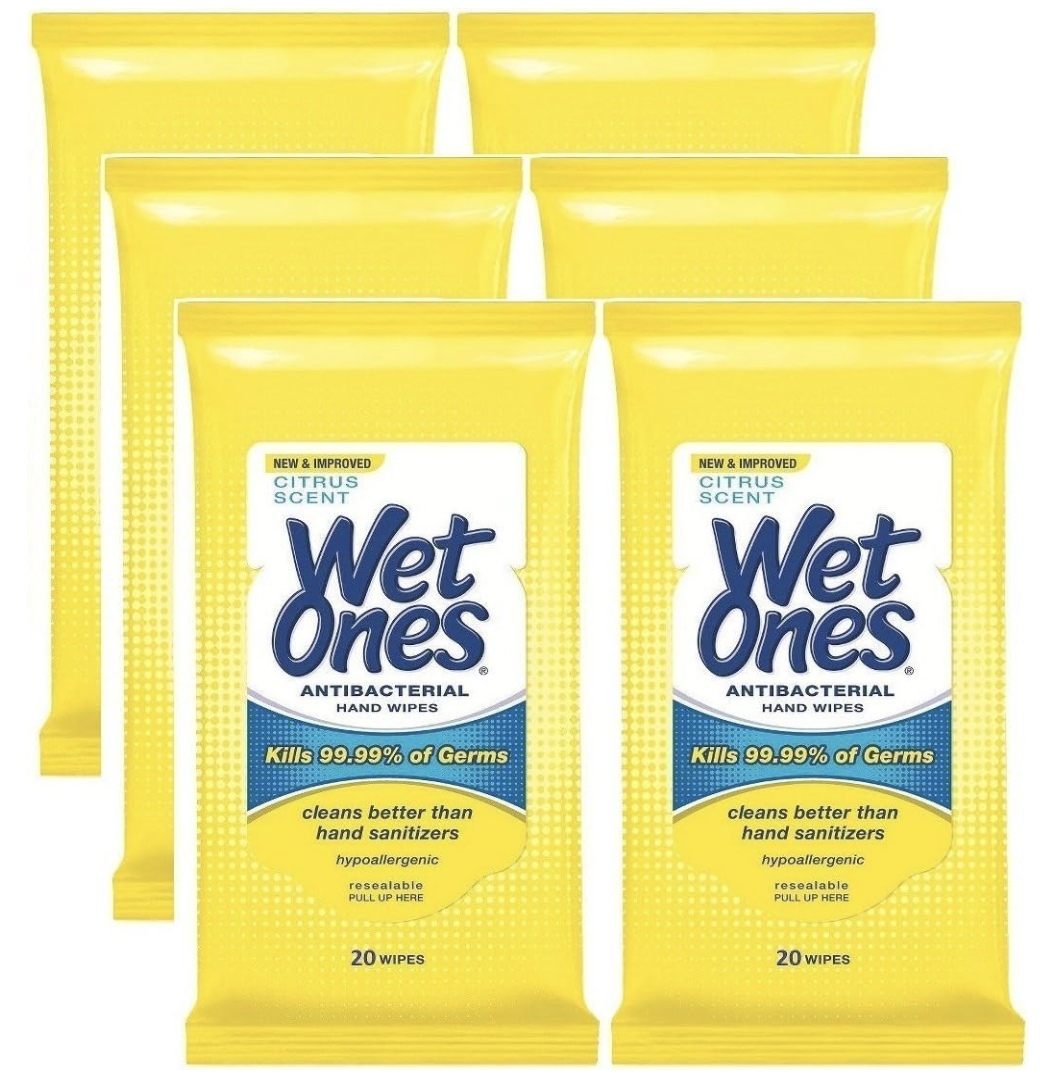 | Tissue paper, antibacterial wet wipes or soap: Toilet paper is not commonly available and the same applies to soap. Having your own wet wipes will come in handy when eating at casual eateries or stopping at toilets. They are also useful to wash your hands from the constant humidity. I always keep a packed of these ones. |
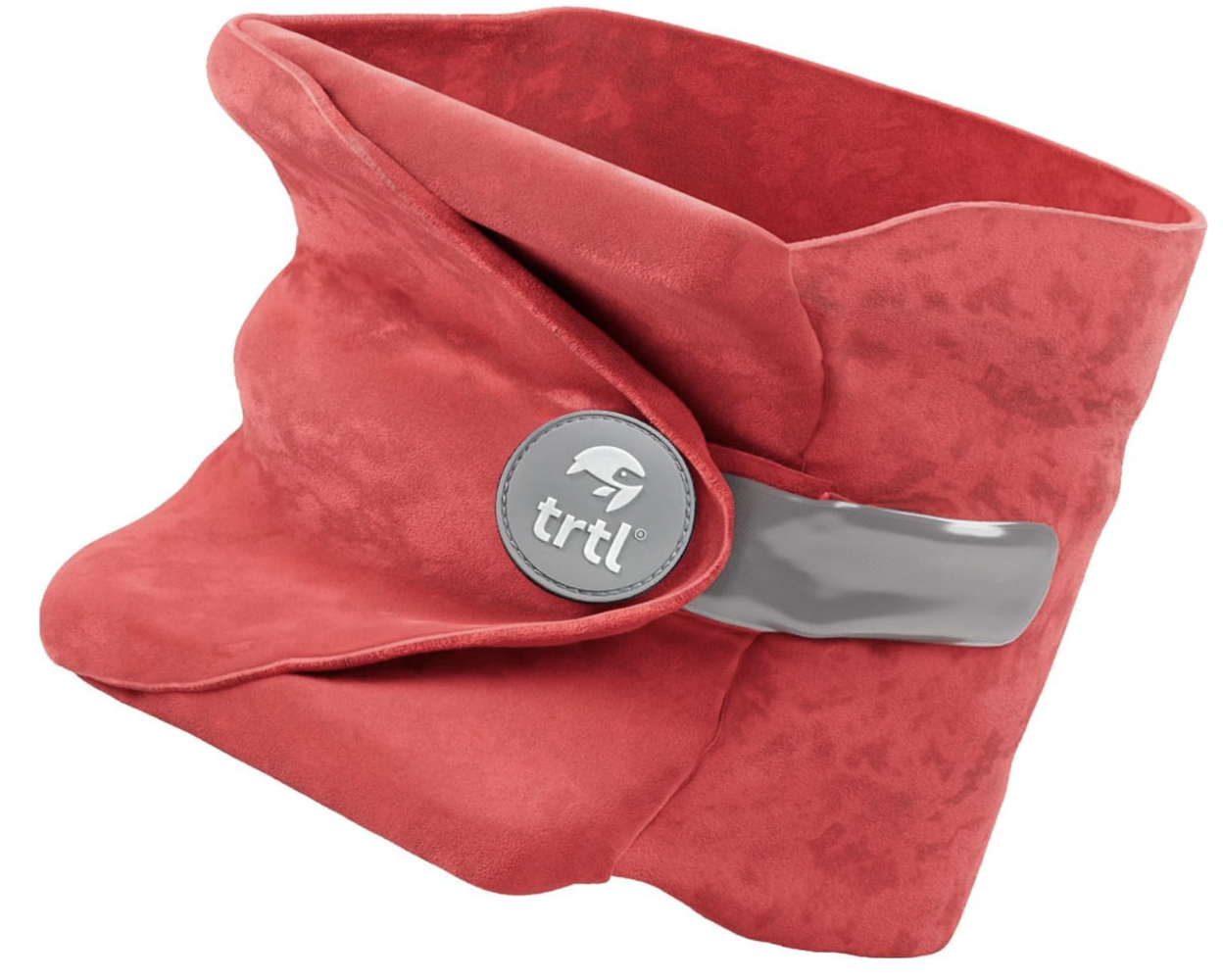 | A neck pillow: For the long drive and the flight to Cuba. I have this one. I have seen many of our guests use and recommend and finally decided to buy myself one and it is great. |
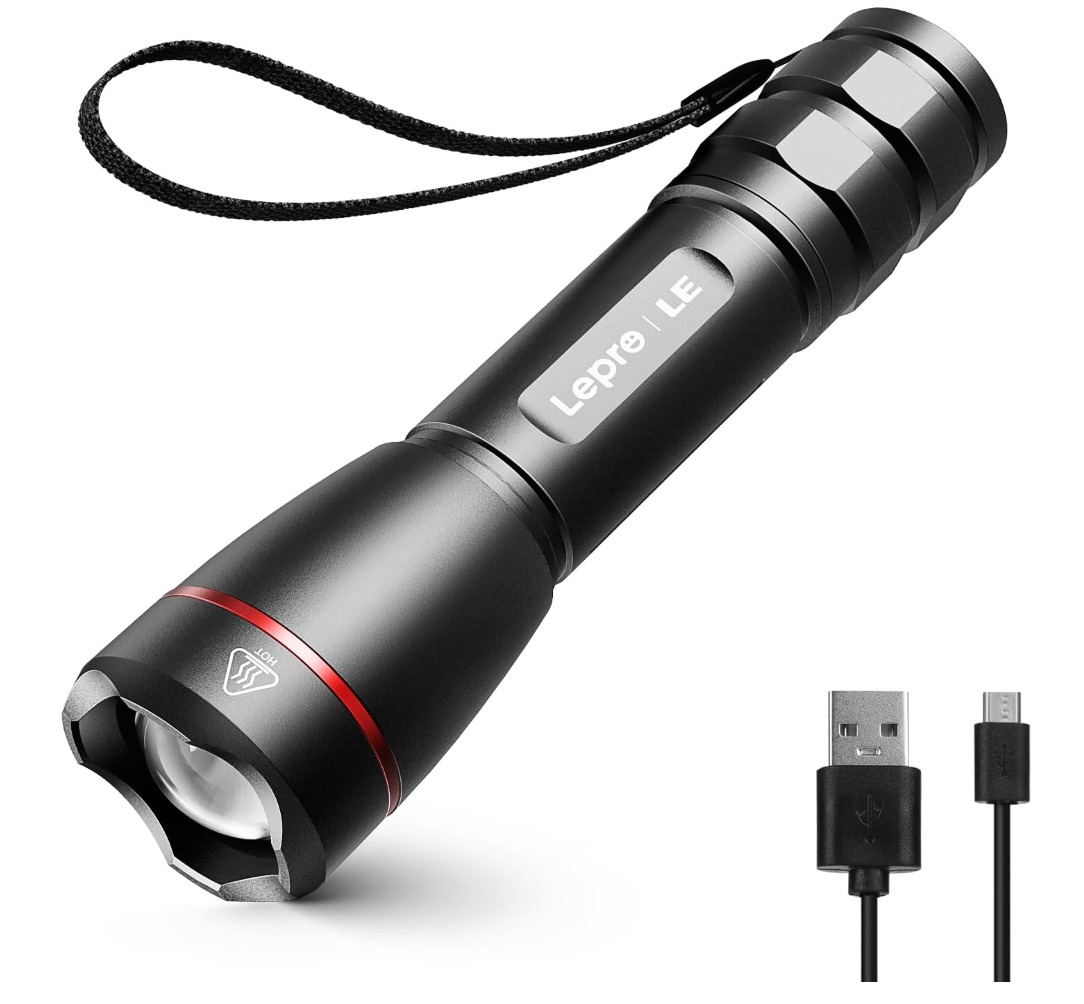 | A torch / flashlight: Yes, you can use your phone, but then you’d have to hold it at night in a poorly lit street. Avoid flaunting it when it’s dark by using a small torch instead. We like this one which is rechargable. |
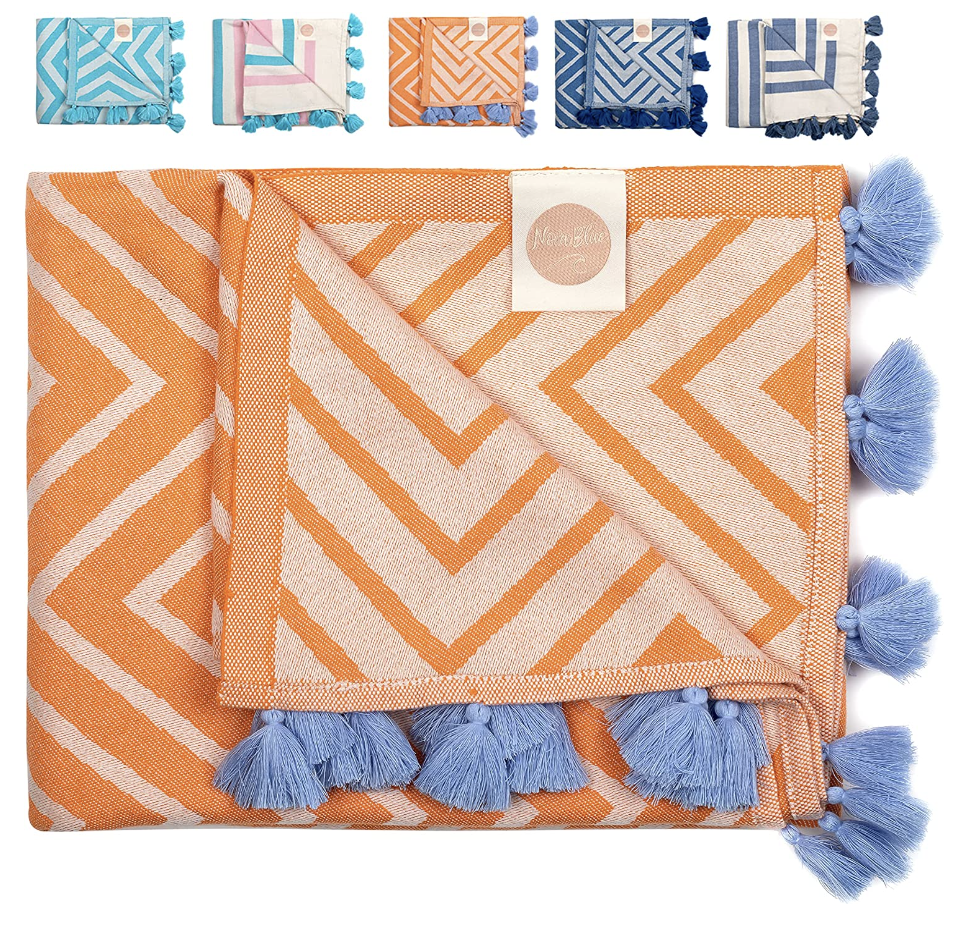 | Sarong / Turkish towel: While most hotels offer towels you can use, if you are planning to travel independently and not stay at a beach resort, or if you don’t want to lug around a large, thick, towel, I would recommend packing a thin but large sarong or a Turkish towel that dries quickly and takes little space. These ones are very cute. |
| A VPN: There are a lot of restrictions in Cuba and I have found that you need a VPN for things to work just fine. I have been using ExpressVPN for years in many countries, from Algeria to Egypt (just for the last 2 weeks), China, the UAE, Turkmenistan, etc. etc. and it has always worked. It is also one of the most reputable and widely used service provider. Check it out here. You can subscribe just for the duration of your trip or try it for free for 2 weeks. | |
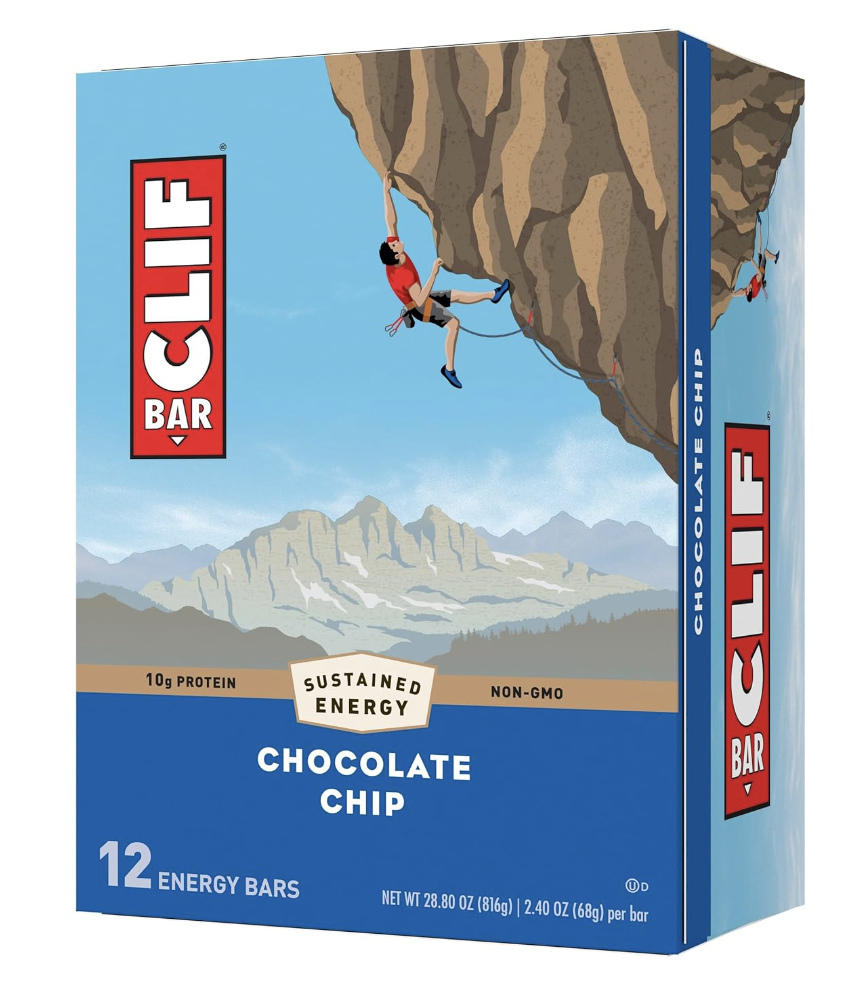 | Snacks: If you are vegan, vegetarian or have food allergies or dietary requirements, I recommend you pack some snacks in case you are left with few options. Food scarcity is common in Cuba and the local cuisines is very heavy meat / fish based so it’s best to have your own options. Even if you aren’t vegan / vegetarian bear in mind that buying any snacks in Cuba will be very hard. They are either not available or very expensive and the snacks (biscuits, candy) sold in the streets are not the healthiest. |
Things you can bring to donate / gift to Cuban people
Most travelers to Cuba ask us what they can bring to support the Cuban people. This typically falls into 2 categories:
- Basic necessities that are just not available on the island
- Nice to have things that are not a basic need but that are lacking and which will be very much appreciated
You will find lots of lists online with things to bring but if you really want to make a difference, below is what is truly needed, compiled from our interviews with our local partners, friends and guides:
- Over the counter medication: Things such as paracetamol, anti diarreah medication, ibuprofen, aspirin, vitamins, etc. for adults and kids are in short supply in Cuba and will be very much appreciated.
- Cosmetics / make up / perfume: It is hard enough to find some basic items such as soap or conditioner in Cuba so imagine how hard it may be to find nice make up or even things like nail polish, lipstick, mascara. Cuban women like to dress up so I found that these inexpensive items were very well received and wanted by the ladies I met throughout Cuba.
- Clothing: This will be very much appreciated but please make sure it is in good condition and don’t worry about sizes, as there is always a family member or friend who will be in your size. Children’s clothing is also welcome.
- Toiletries: Things like conditioner, face / hair masks, deodorant, nail polish remover, nail clippers / file, etc. are hard to find or extremely basic (eg. soap) and will be a treat. Note: bear in mind the cultural and ethnic diversity of Cuba when buying products for the skin / hair.
- Female hygiene products: If basic necessities are hard to get, imagine things like pads or even tampons.
- Chocolate: Things like chocolates or chocolate bars are available in Cuba, but they may be quite expensive and limited in choice which means they are not available to the general public. This is why they make for great gifts for your host, the lady cleaning your room or a person with whom you connect. Note: Consider the heat of the country and the fact that you will most likely not have a fridge in your room when considering to buy this and bring those that are properly packaged and will keep well even if it’s hot.
- Comfort food: Things like peanut butter, granola bars, cookies, canned foods, etc.
- Electronic accessories and spare parts: Electronics are a scarcity that the vast majority of Cubans can’t afford. That older camera or GoPro and its accessories you no longer use, flash SD cards for the camera, your old phone you no longer use, the charging cable for your older phone, etc. will all be extremely well received.
- Donations to an animal shelter: CERA protects street cats and dogs and cares for them. They have a wish list of items for veterinary use that are very hard to get in Cuba here.
There are also several things I do not recommend bringing to donate:
- Things that require spares or rechargers to work: For example electric toothbrushes or reusable shavers, as the spares or recharges won’t be available and therefore the item is not useful after a few uses.
- Things that are cheaper bought locally: There is the misconception that the best things to bring to Cuba are pencils and notebooks when the reality is that those things are easily available and inexpensively bought locally. There is no need for you to spend 10x more buying a notebook that can be acquired locally while taking up all your luggage space. Buy locally and support the community or better yet, bring something that is not available in Cuba.
- Things that you can’t import because they do against Cuba’s import laws: Animal or plant products, Walkie-talkies, GPS devices, Weapons, Narcotics, “Obscene and pornographic materials; printed matter directed against the public order and the morality of Cuba and its revolution.” Import regulations can be found here and FAQs from the Cuban Government is here.
It is also not recommended to donate things in the street (it can be dangerous as you will suddenly be surrounded by a number of people all asking you for a donation too), but rather to someone you came in contact with that you had a positive interaction with, like the ladies working in the casas particulares, women you may meet at female-focused projects like the ones we support, etc.
Note: Owners of casas partiulares are some of the most well-off in Cuba so their staff are a better recipient of your donations and you can give a smaller gift to the owners too.
What not to pack for a trip to Cuba
There are also a few things we do not recommend you bring to Cuba, mainly, because you won’t need them.
- Thick jeans: Summertime is too hot and humid for jeans, though a pair of light summer denim trousers or cotton jeans, chino style, in light colors like blue, white or pastels will come in handy for an evening meal and can be styled to look cute.
- Hair dryer: Your chances of tripping the fuses in the precarious electricity installations at most casa particulares far outweighs the need to dry your hair in the humid weather. Please embrace your natural looks and avoid frying the fuses in local homes.
- Hand bags that don’t close: You know the ones, the basket-style ones that don’t have a zipper to close will make pickpockets happy.
- Flip flops: Unless you plan to go to the beach, I do not recommend them. They will be painful to walk on in the cobblestoned streets, especially in Trinidad, trust me, I made that mistake.
- A big suitcase and lot of luggage: There are lots of stairs and no elevators anywhere in Cuba. That means you will often have to drag your suitcase through cobblestoned streets and up several, narrow floors of stairs. Casas aren’t hotels, there is no bellman or concierge ready to take your bag, there is just the owner, who is usually a woman (in 100% of the cases on our tours) who may struggle as much as you carrying the suitcase up. Pack light. I would not recommend bringing suitcases that you can’t easily pull yourself or that don’t have wheels, you will regret it.

